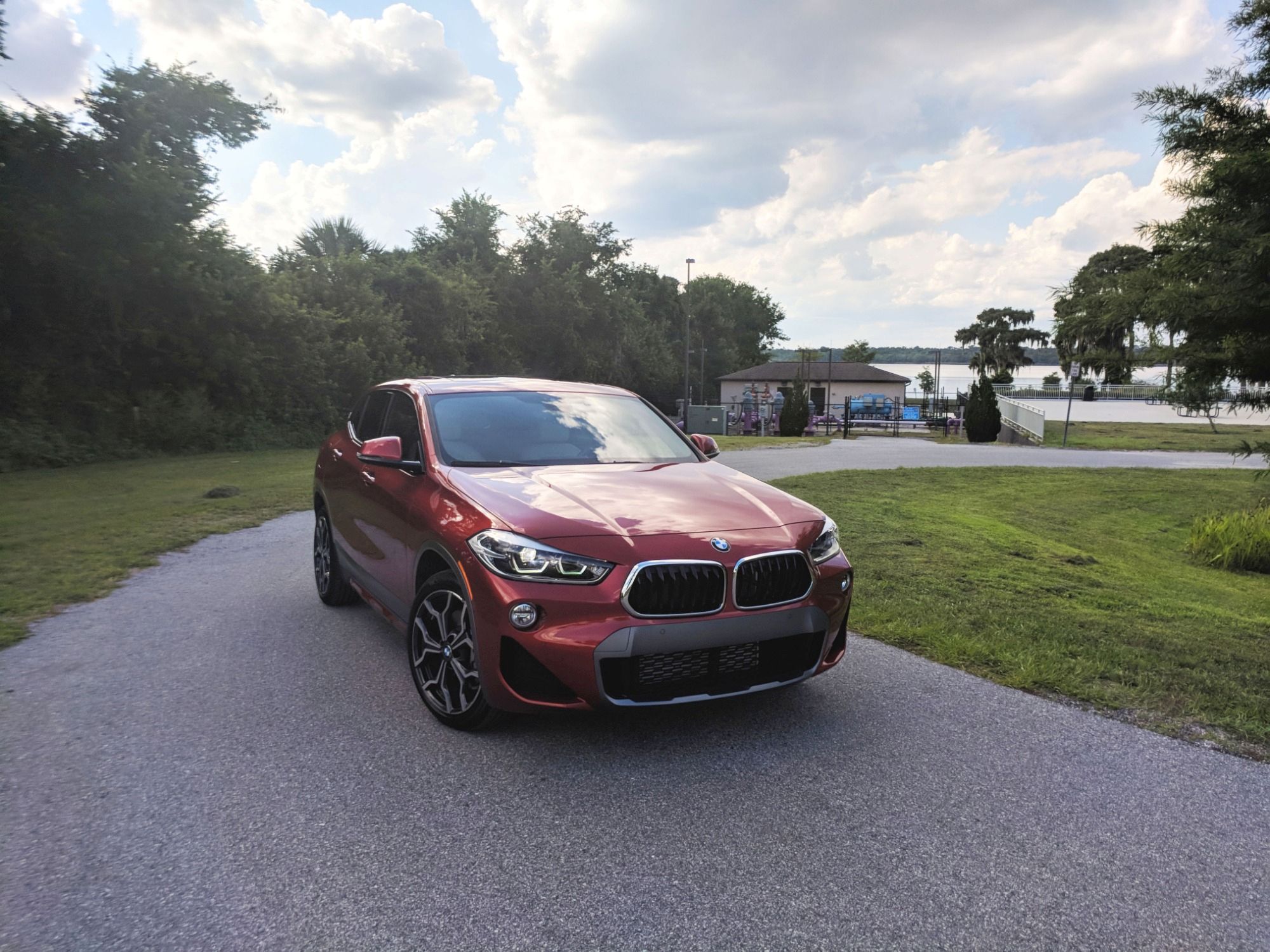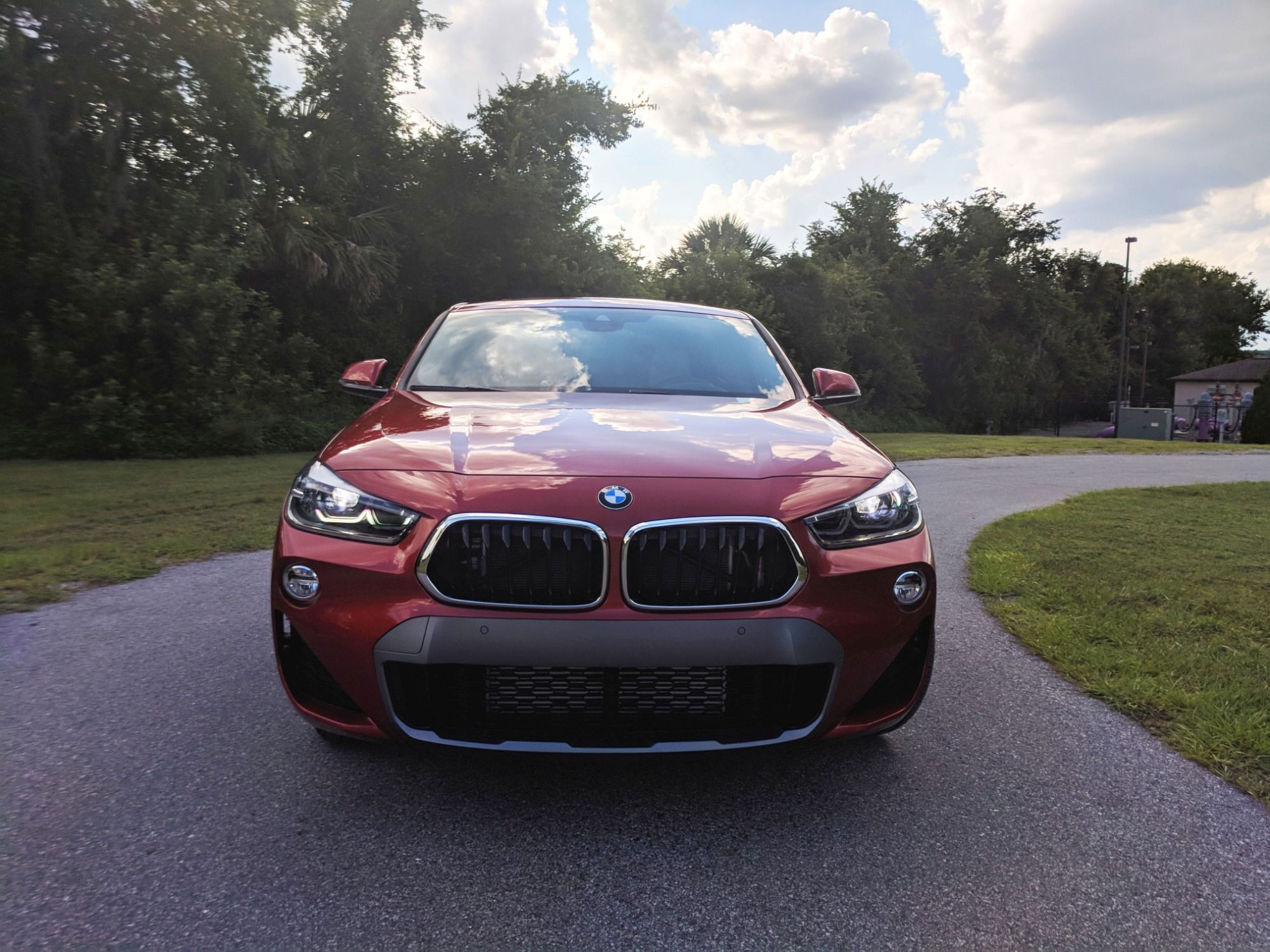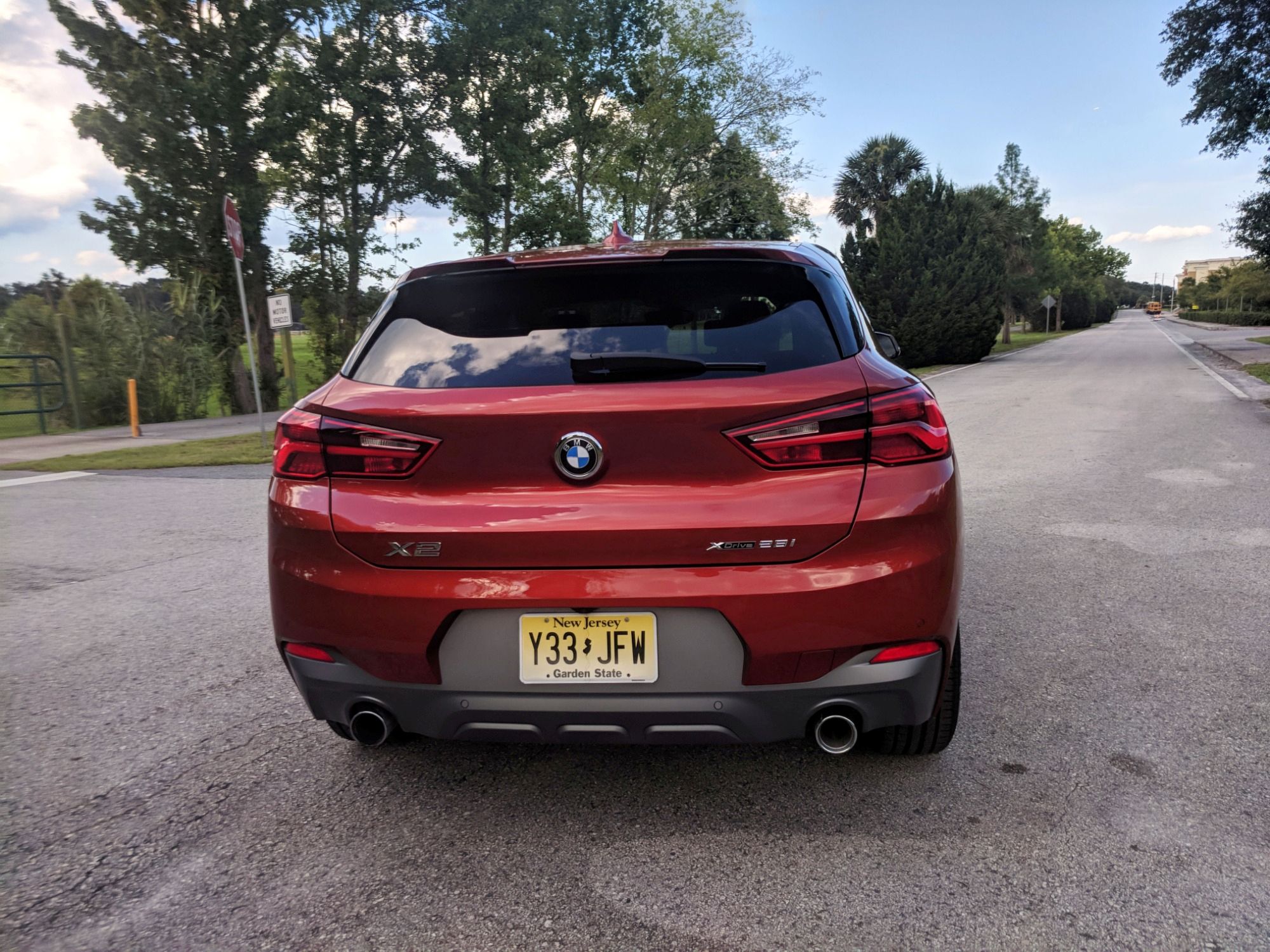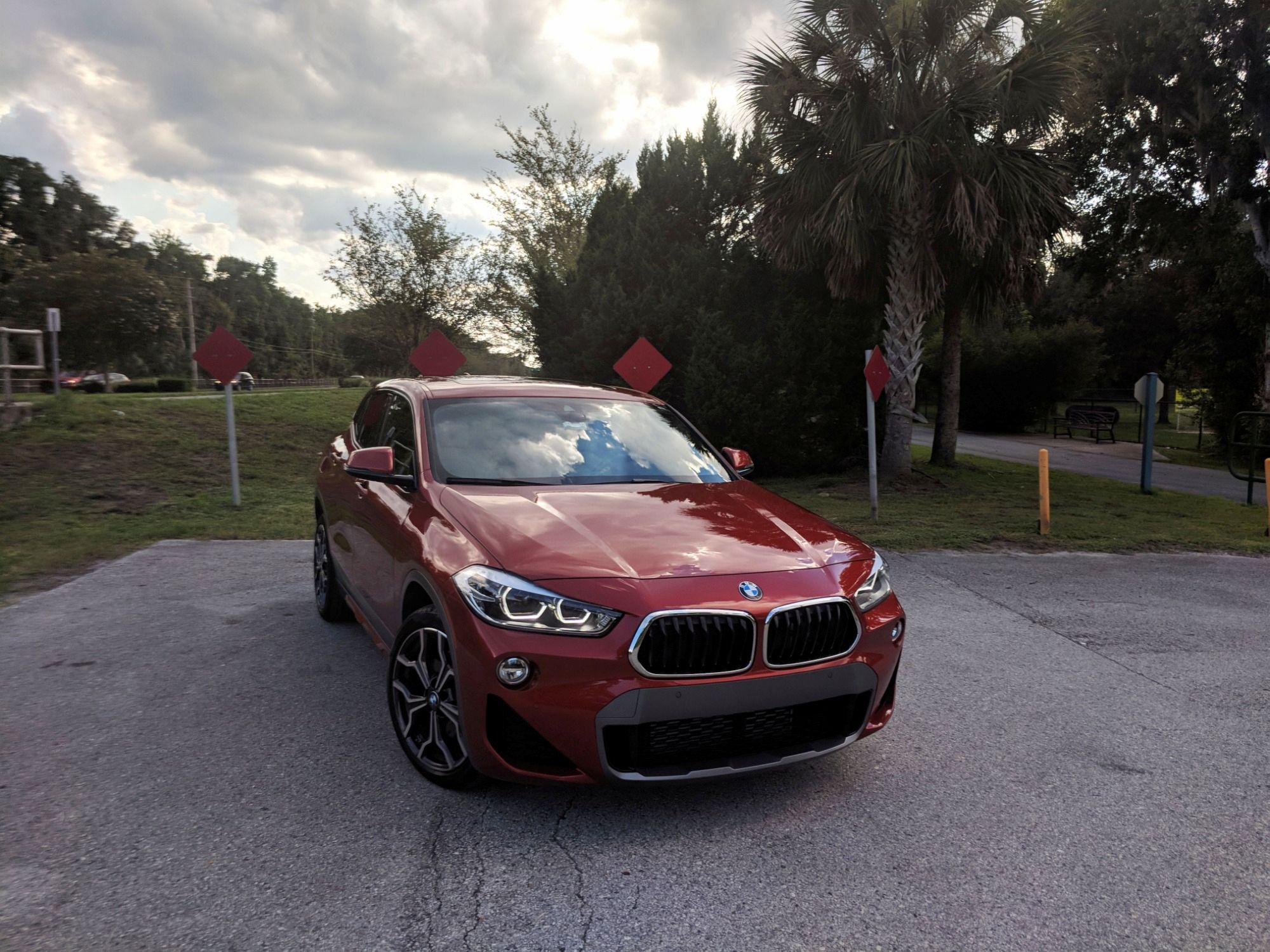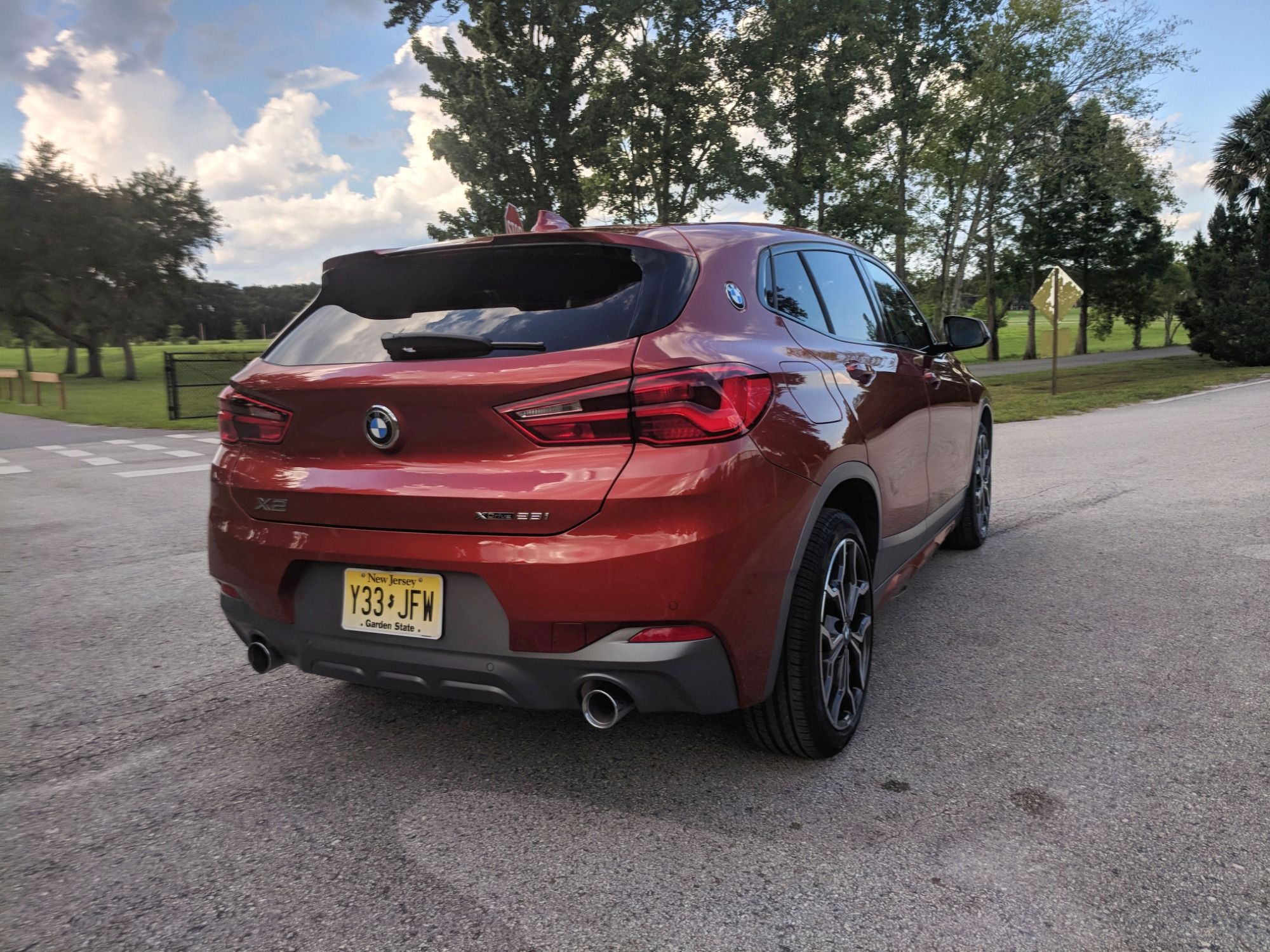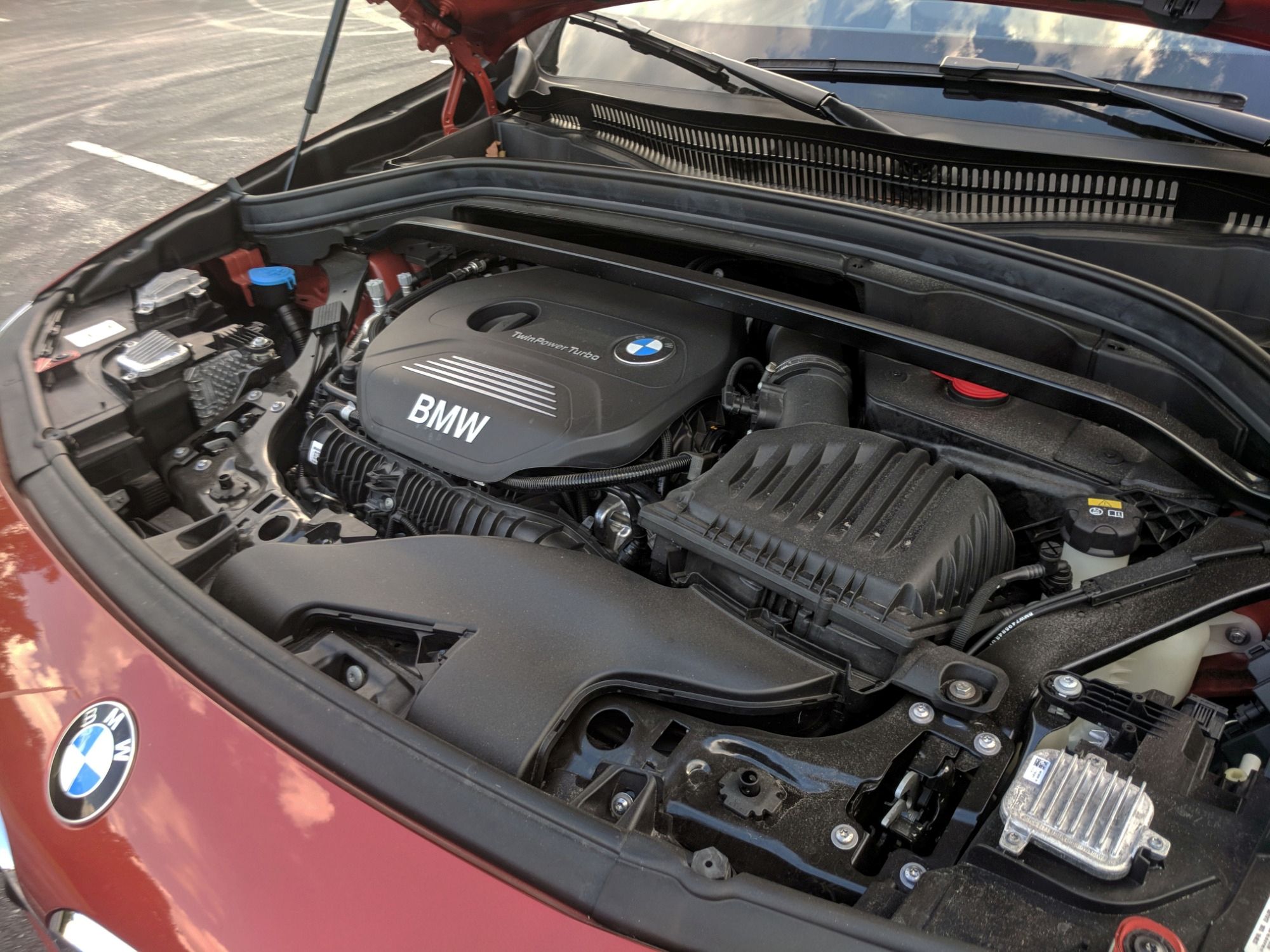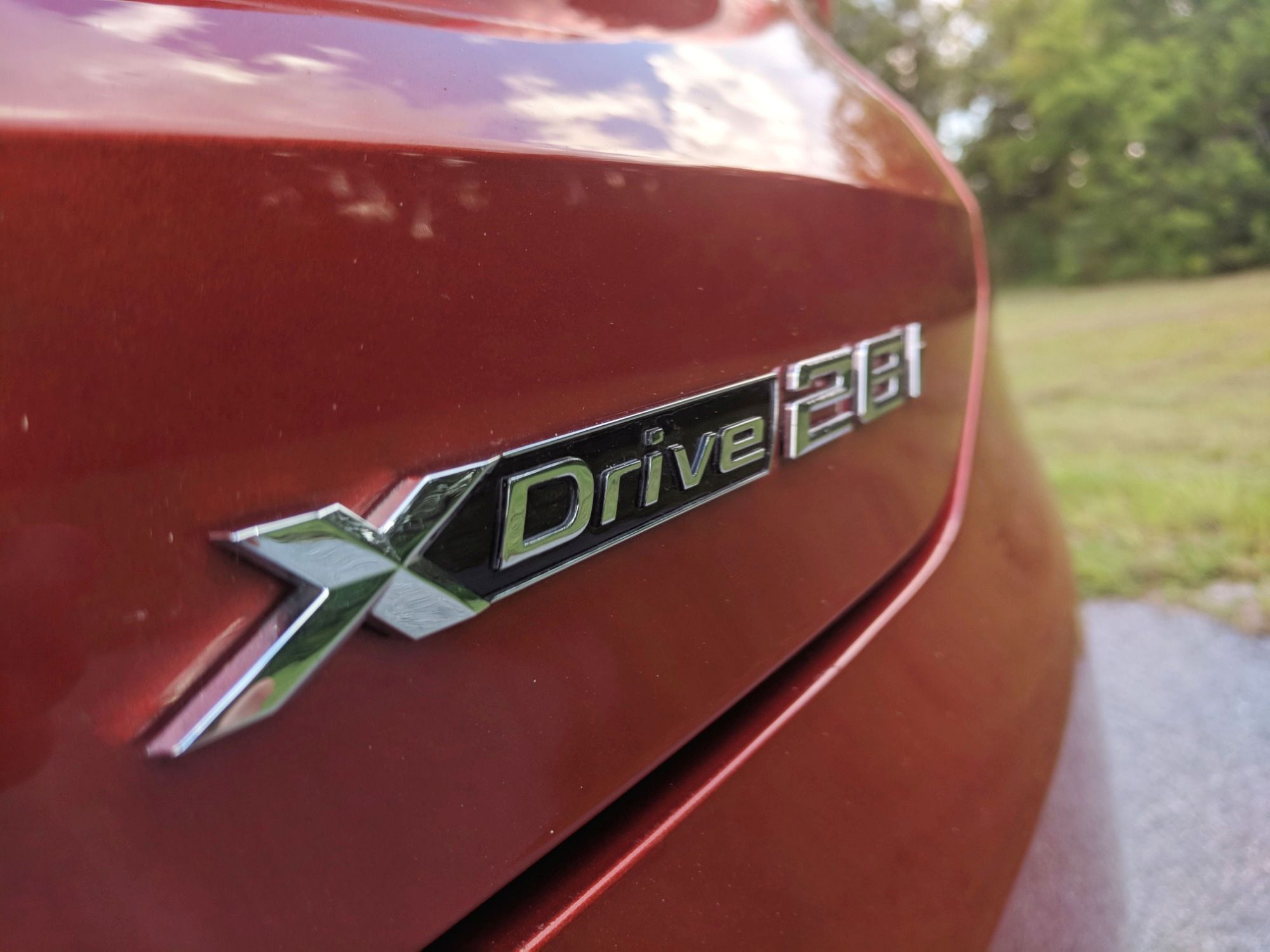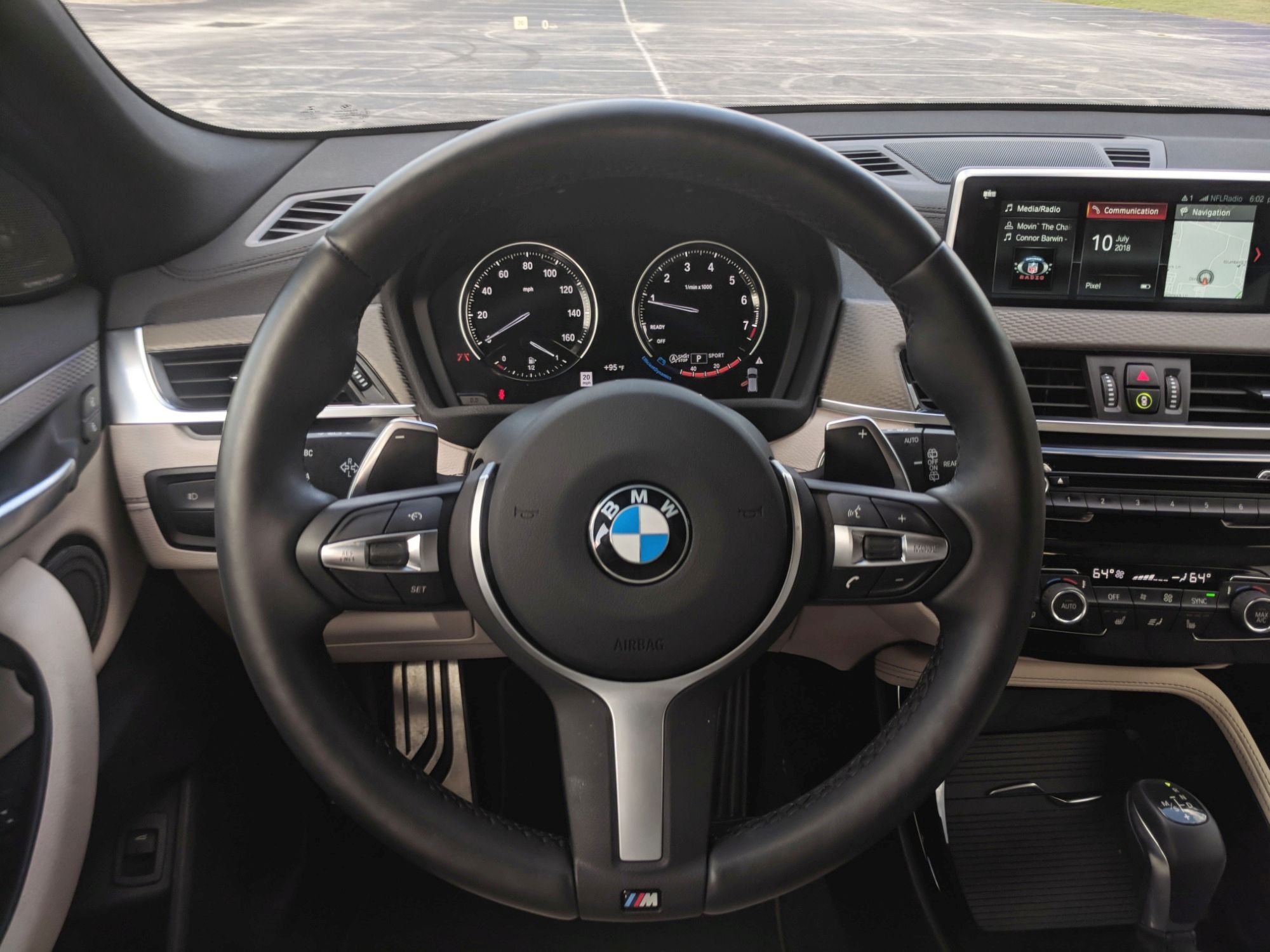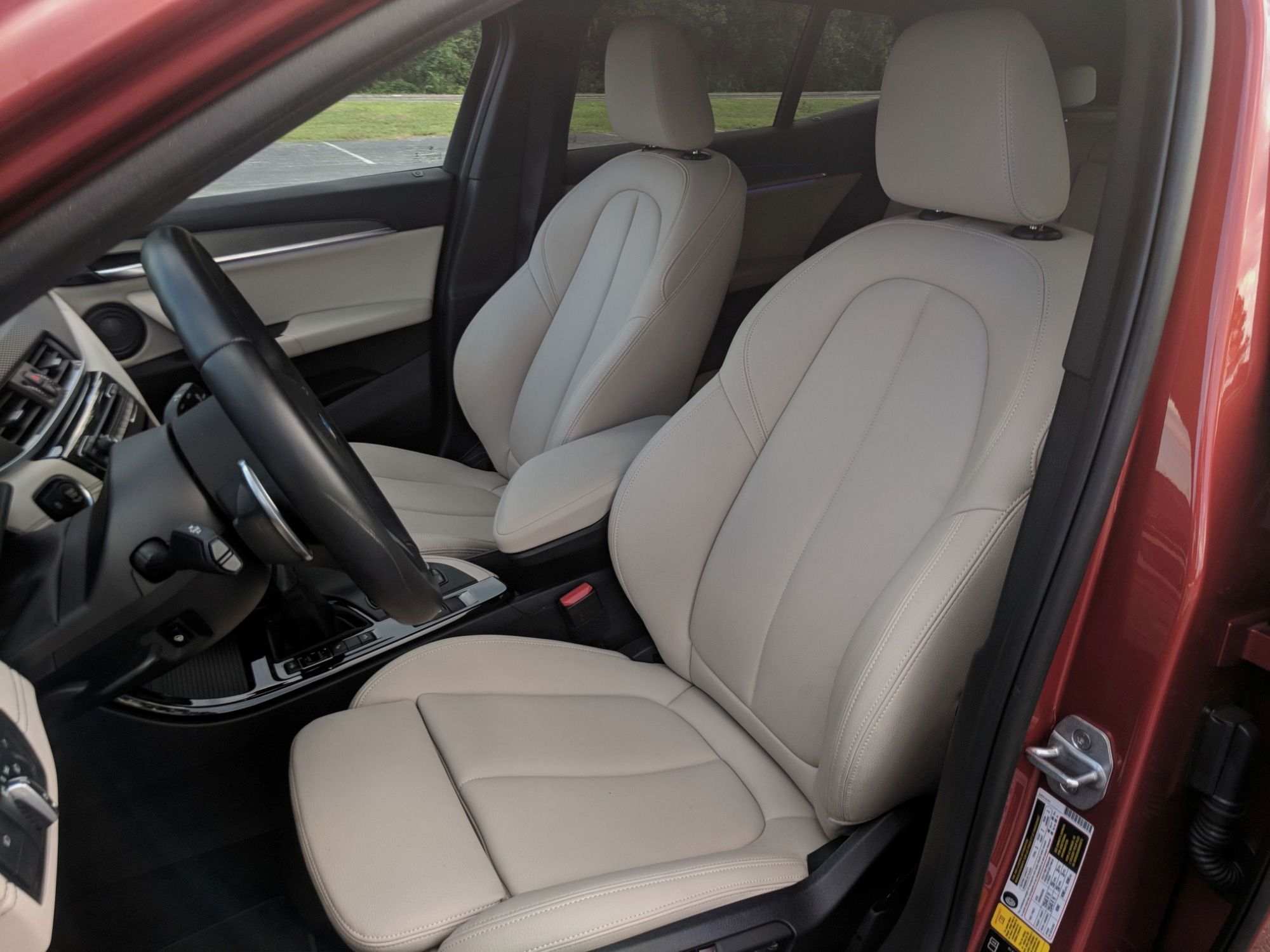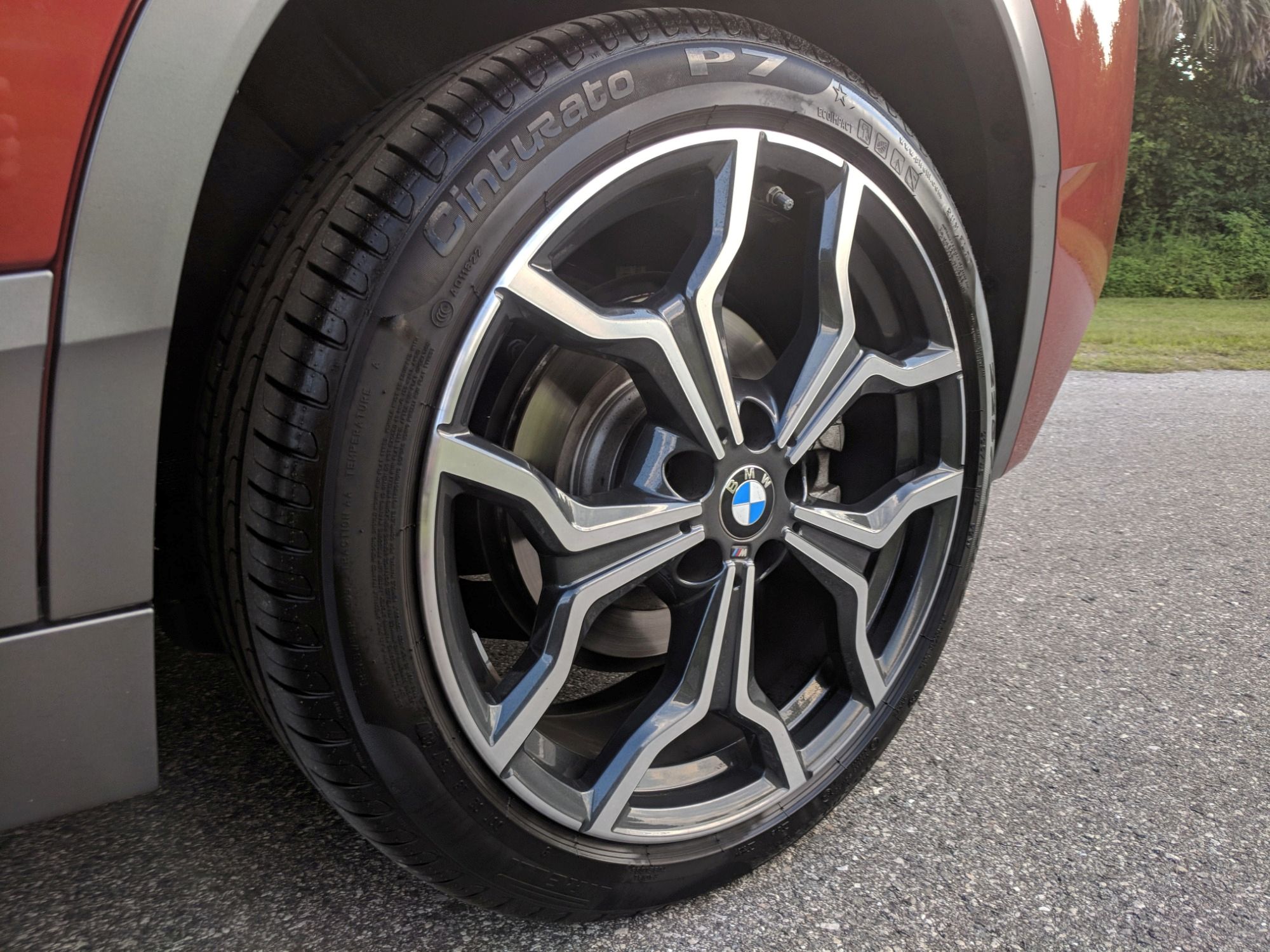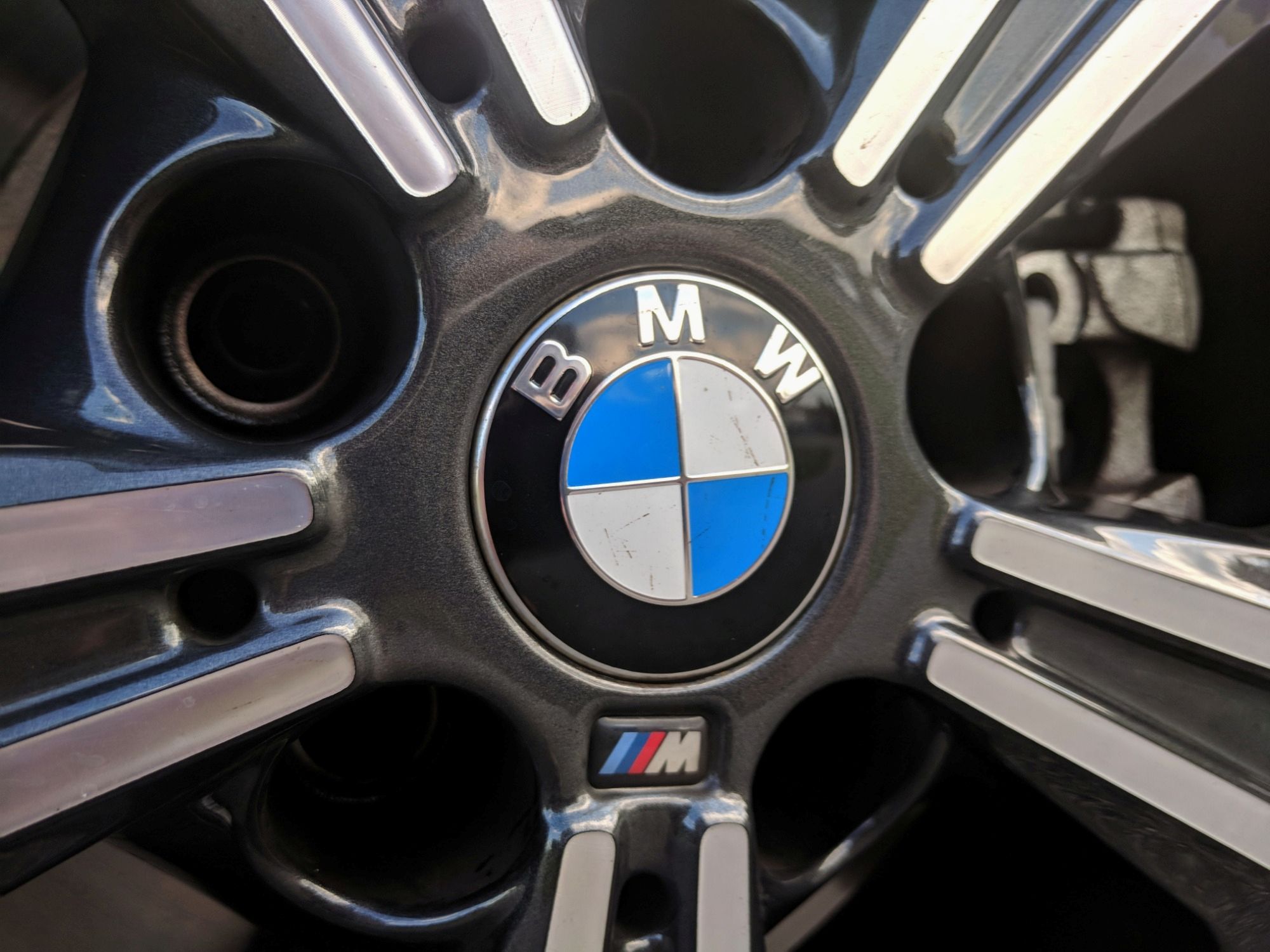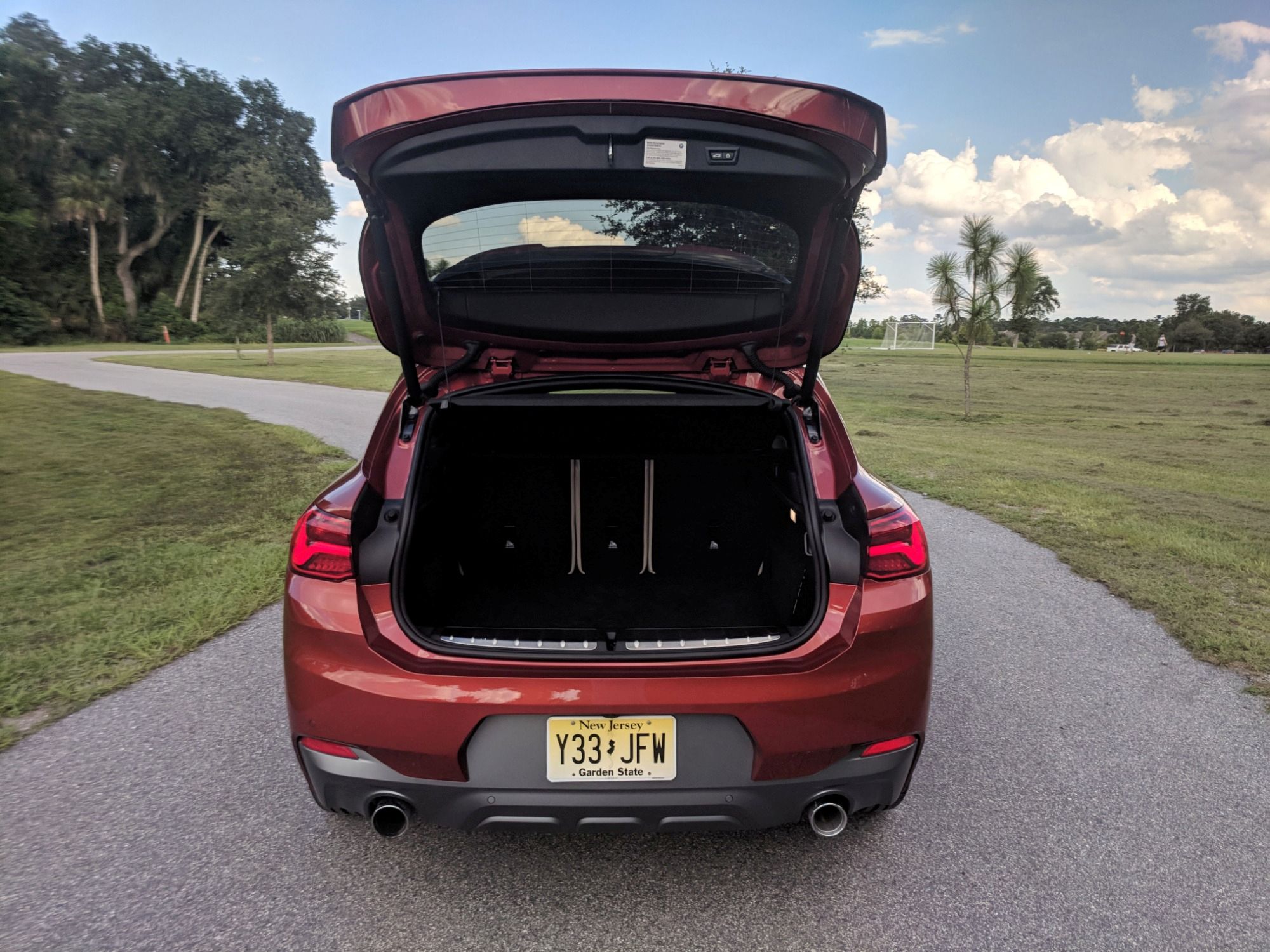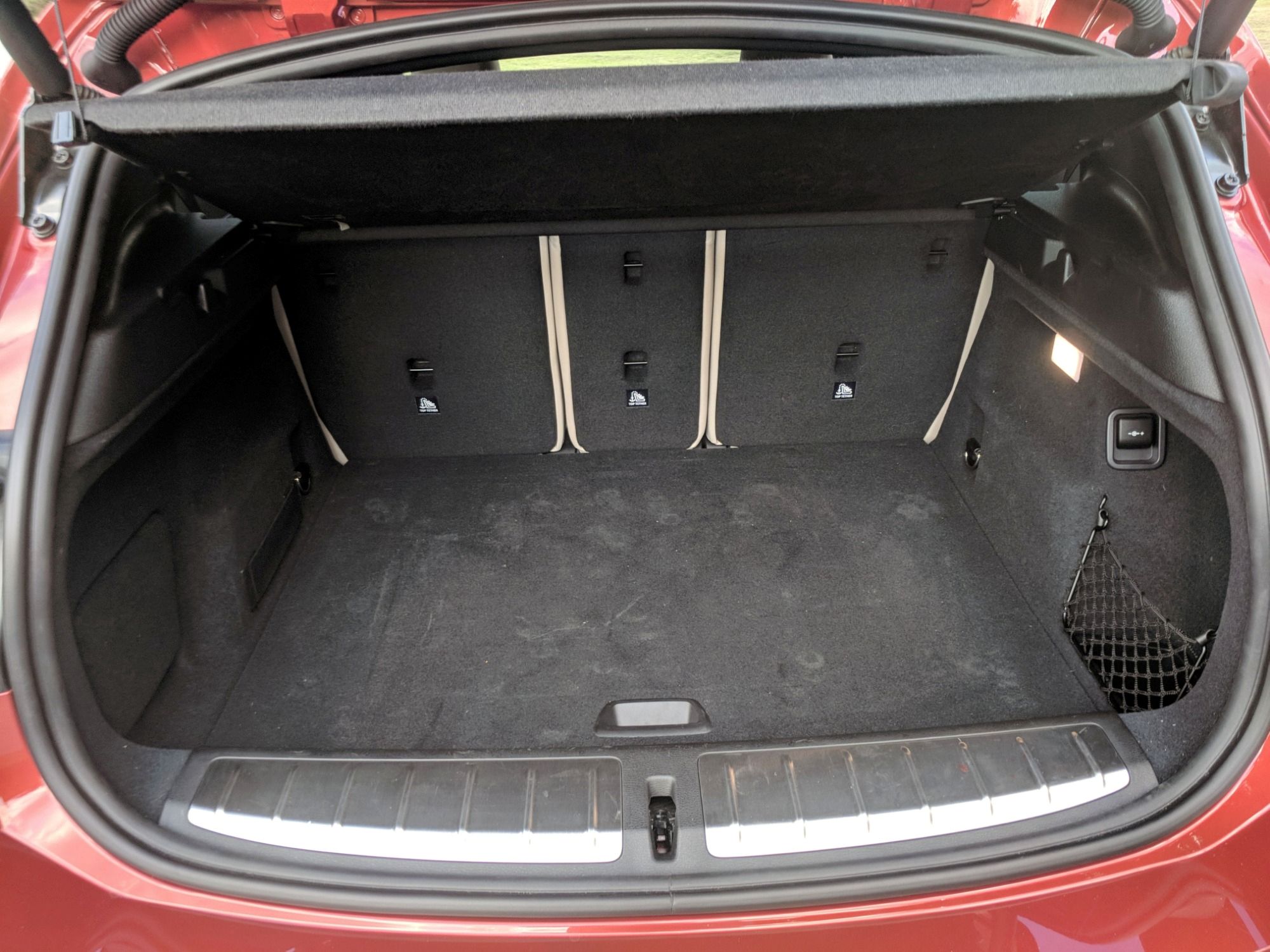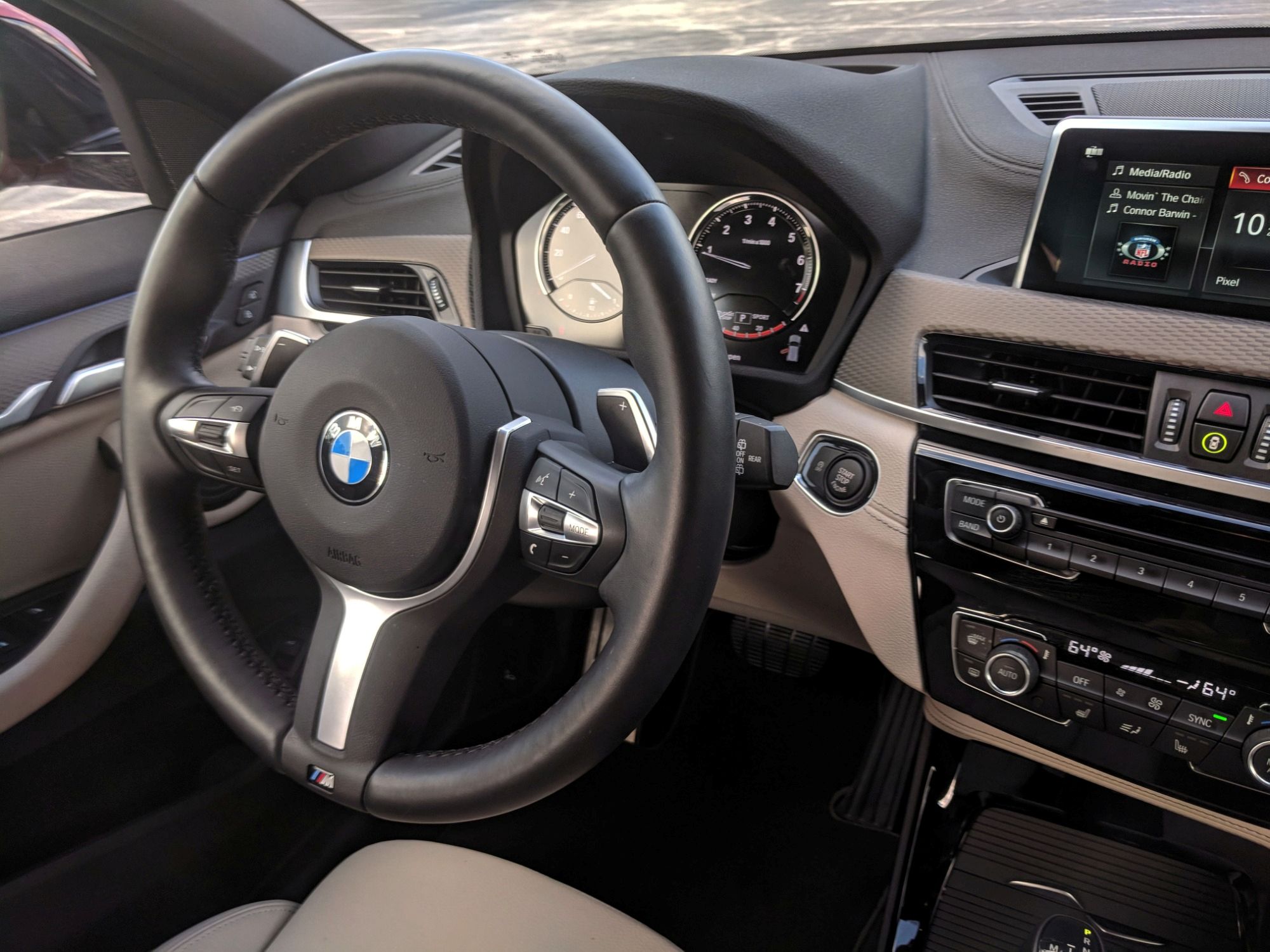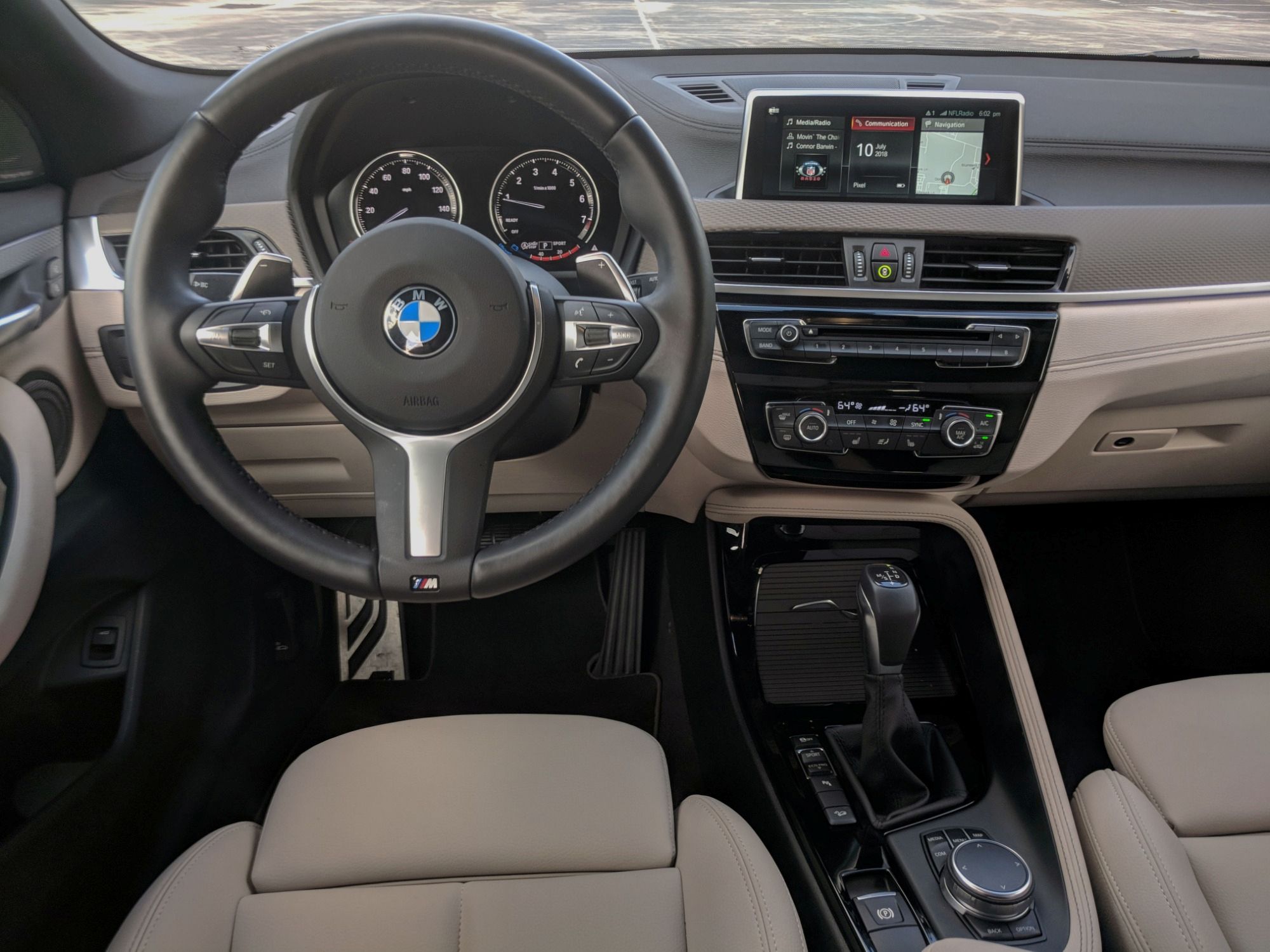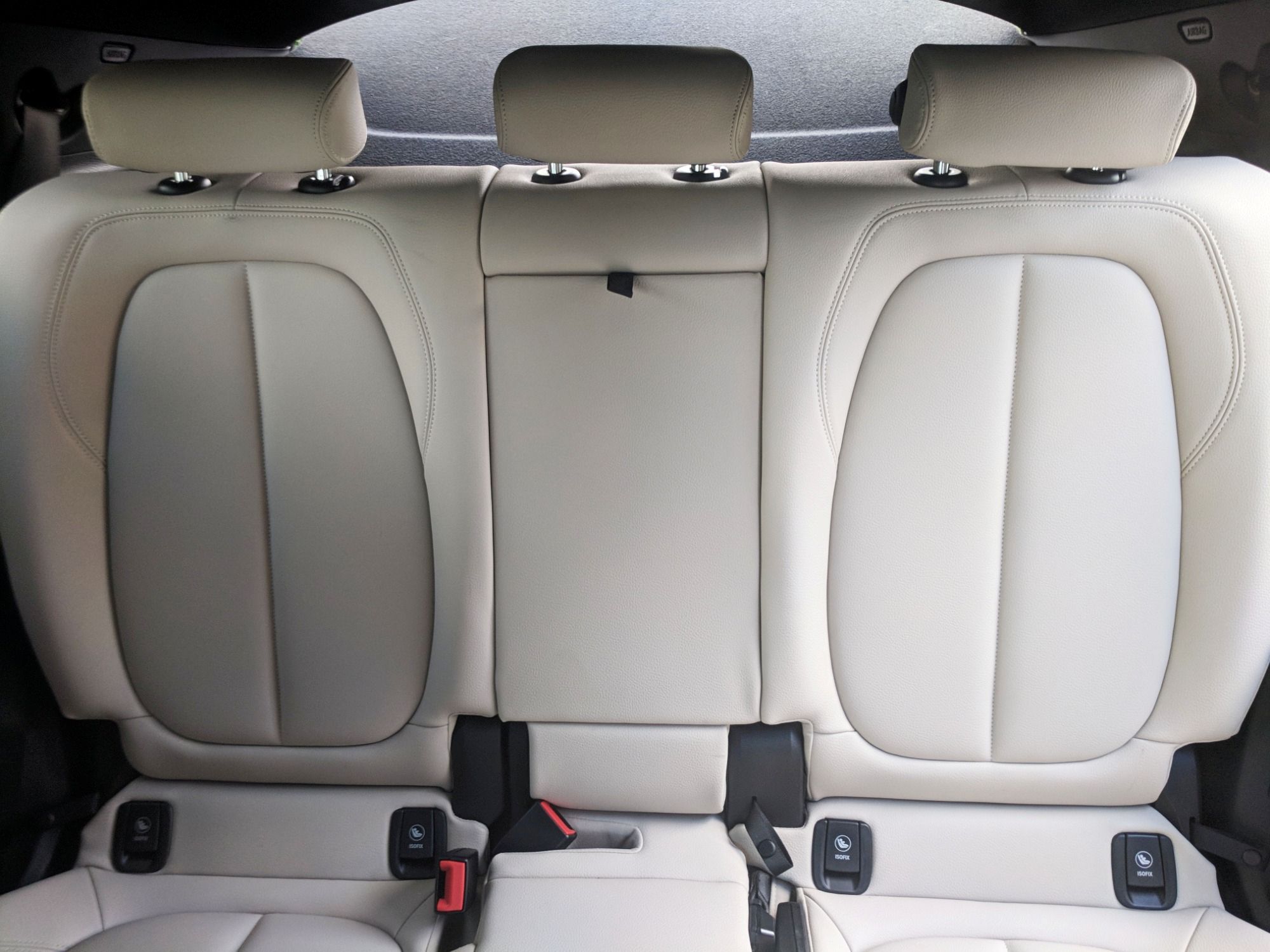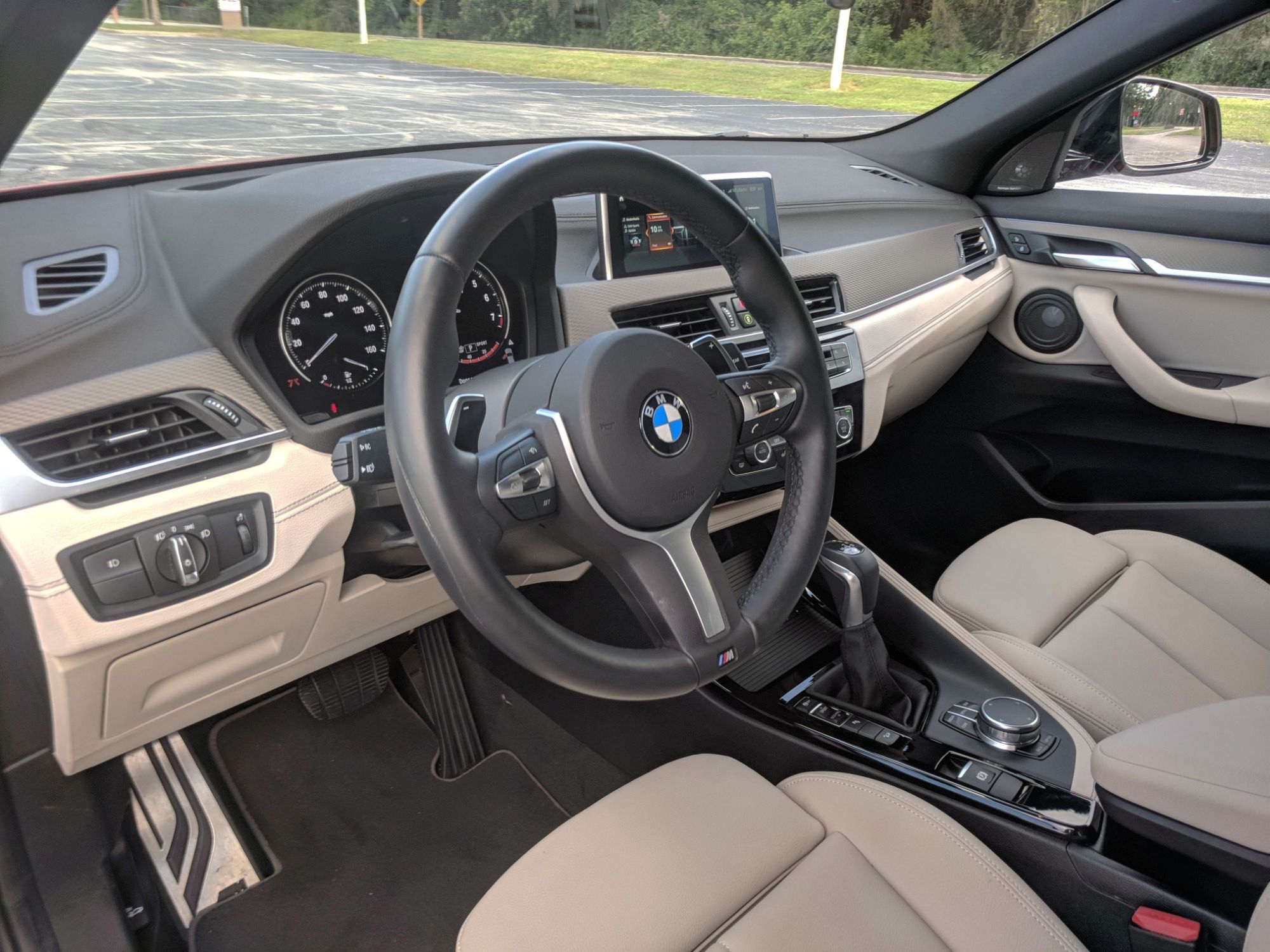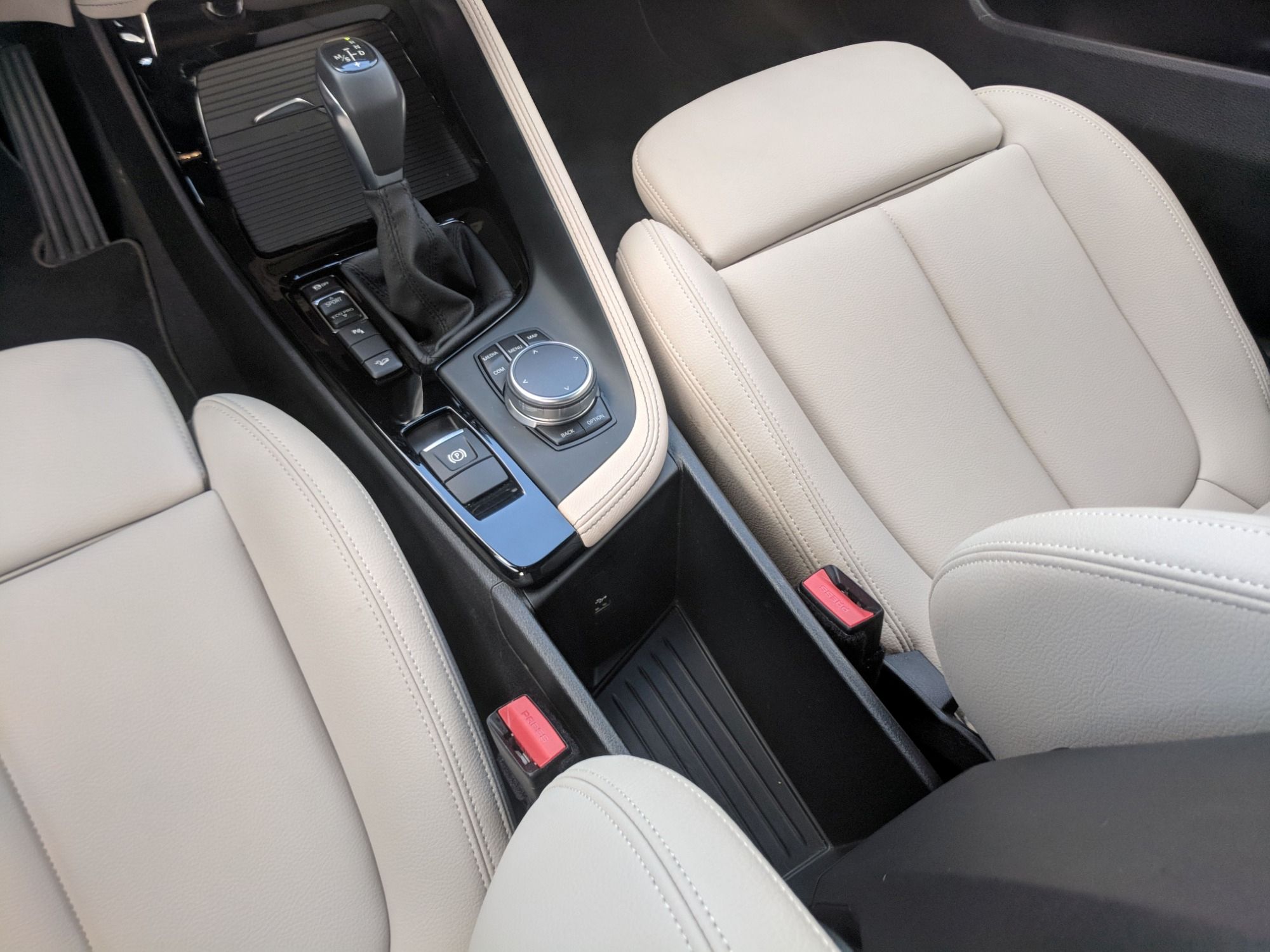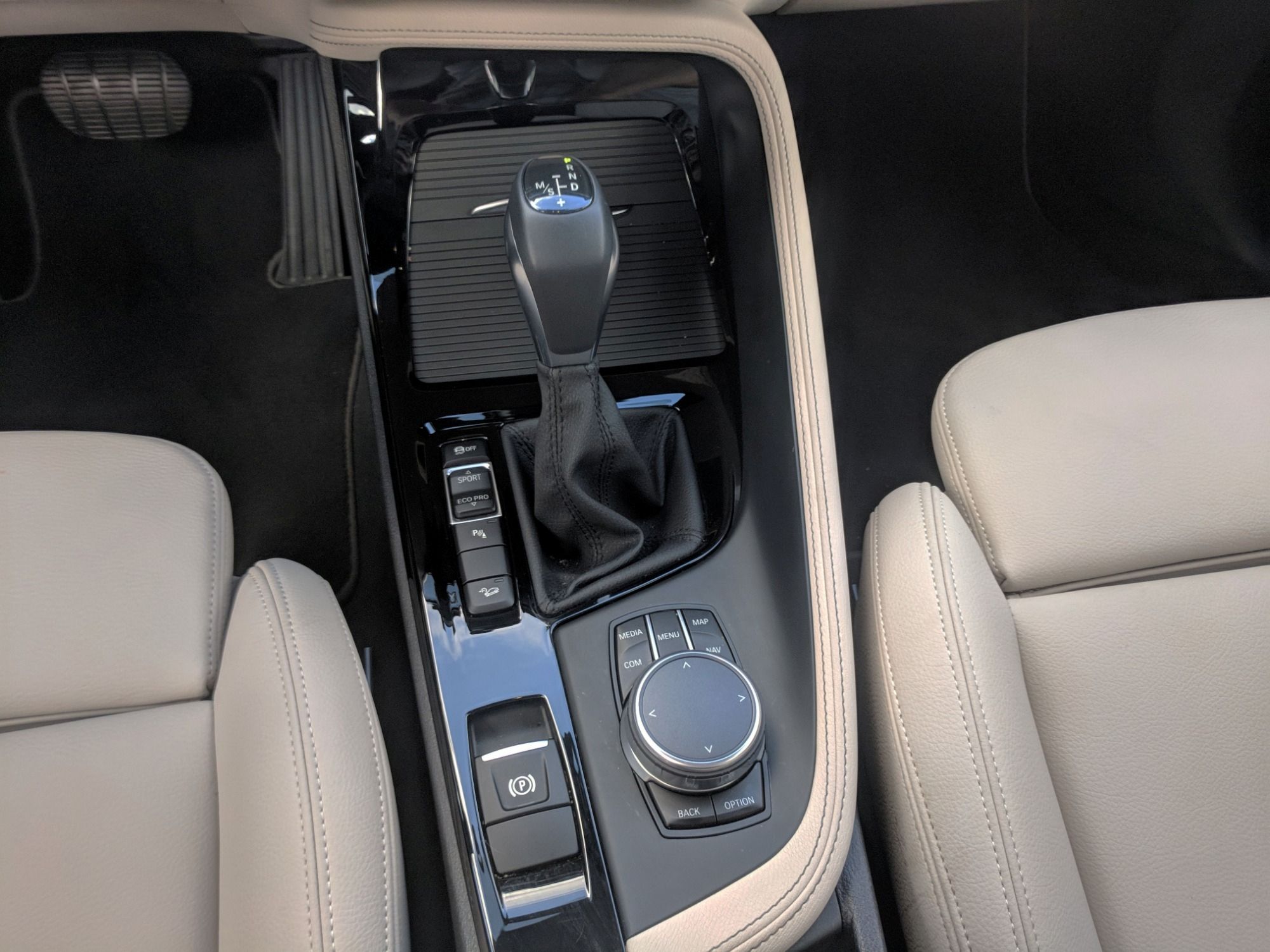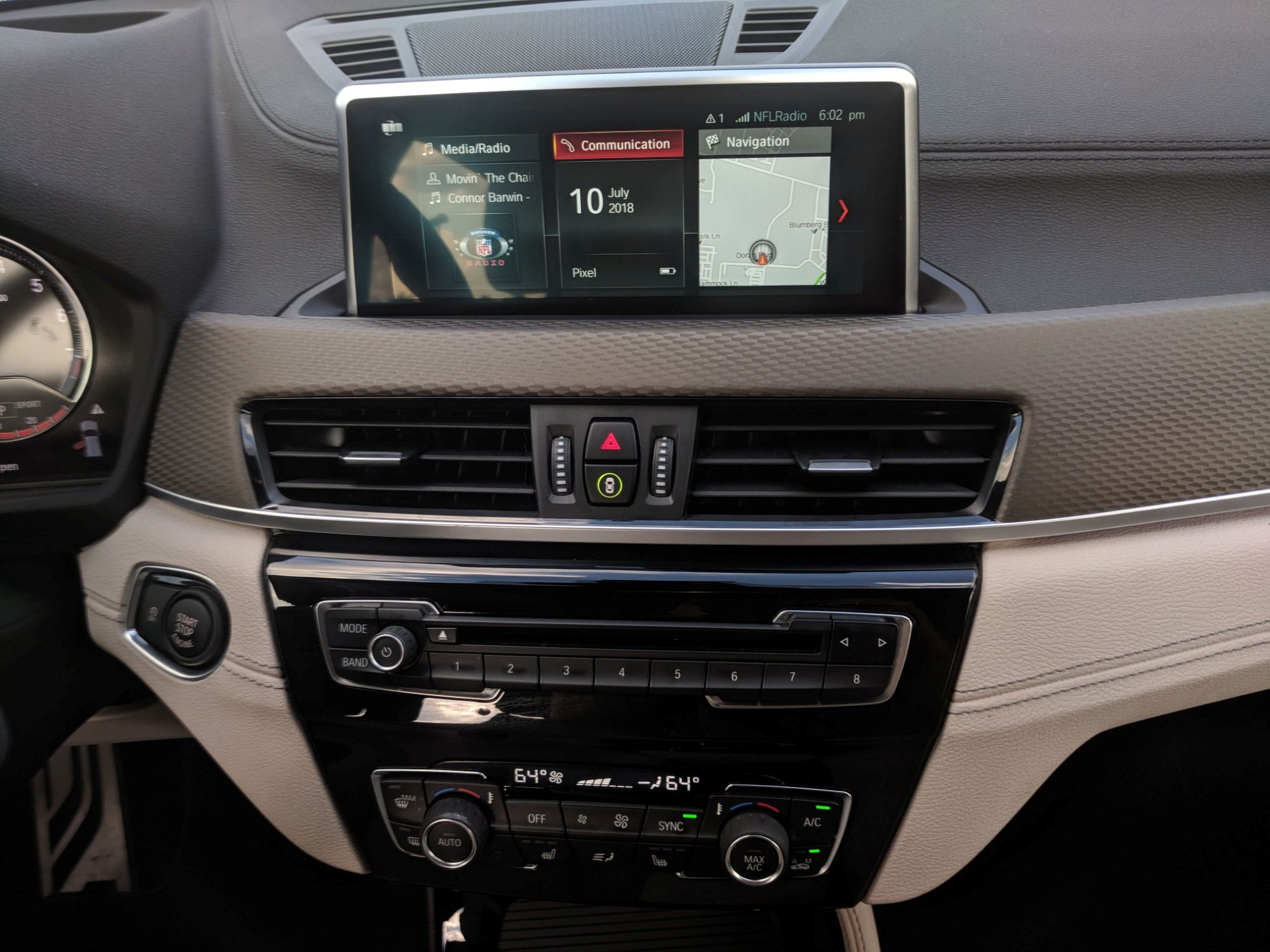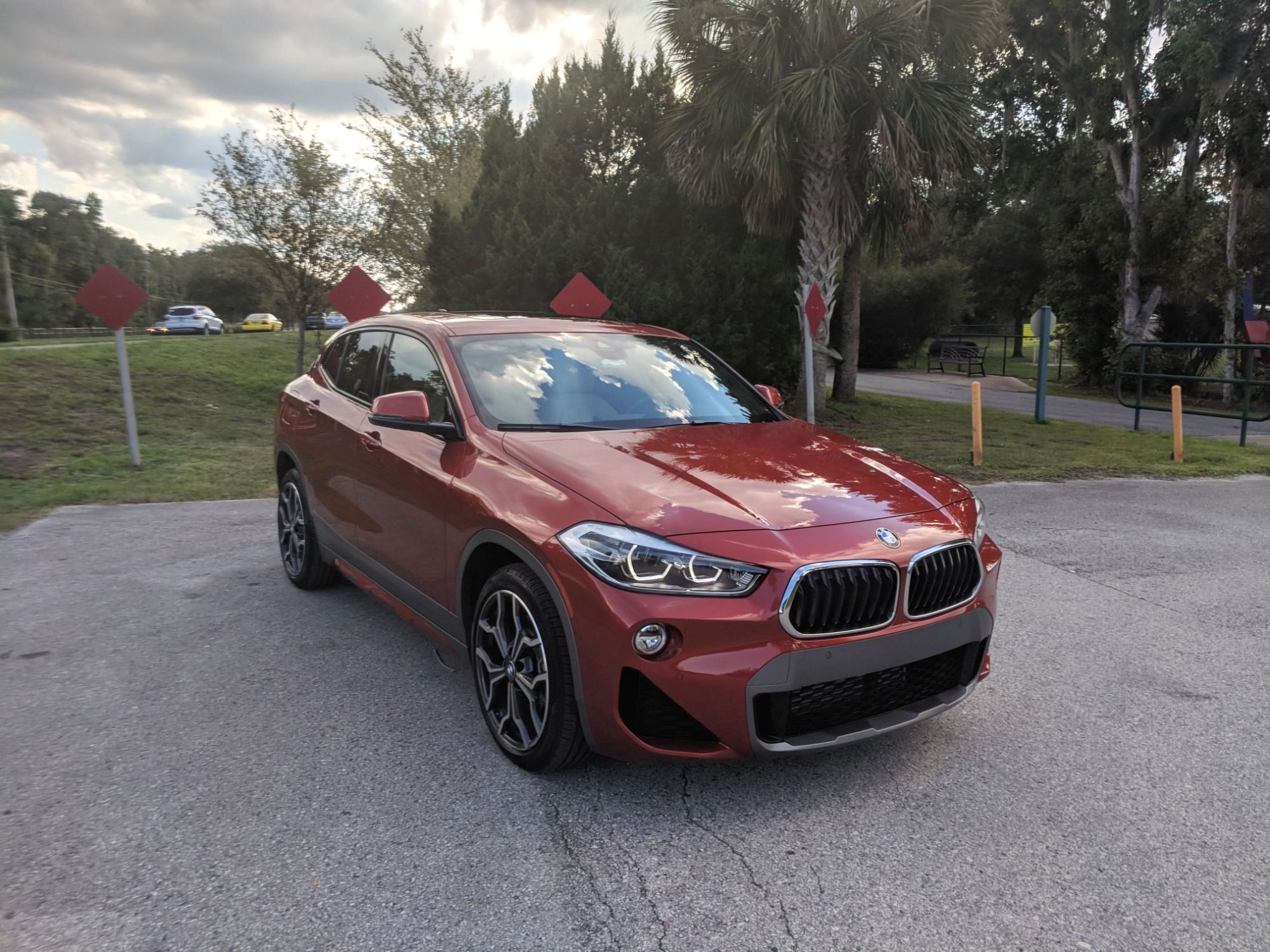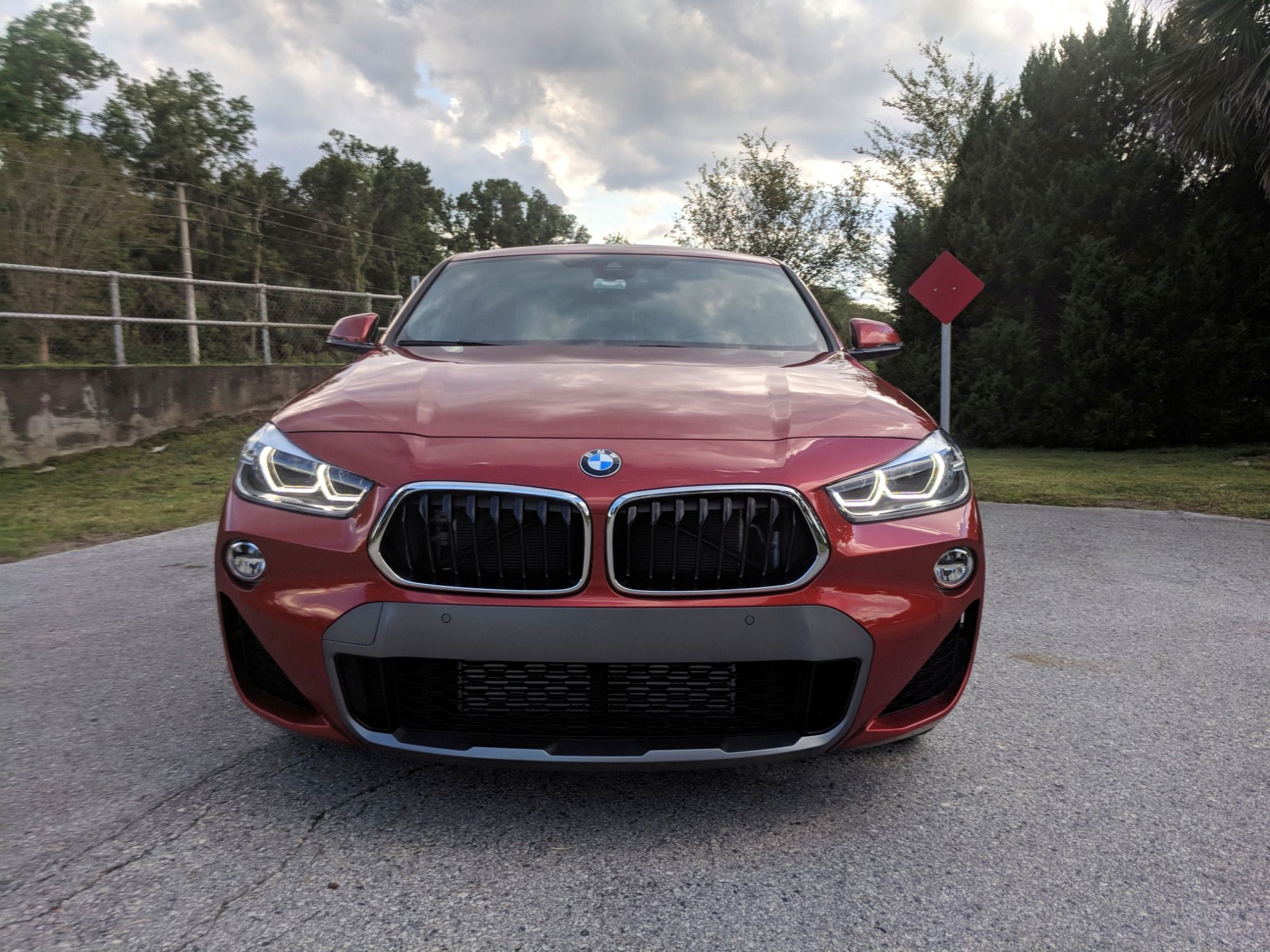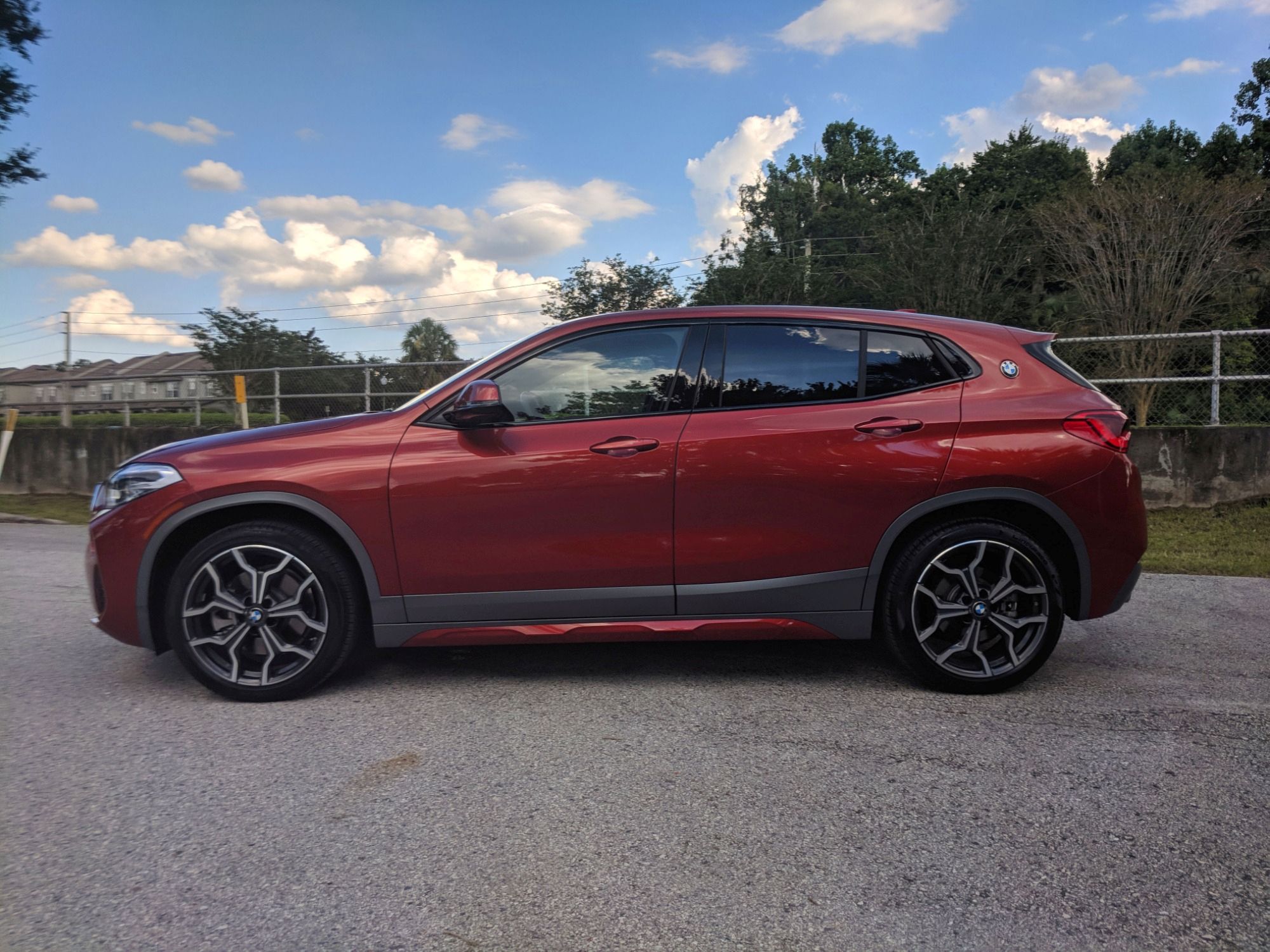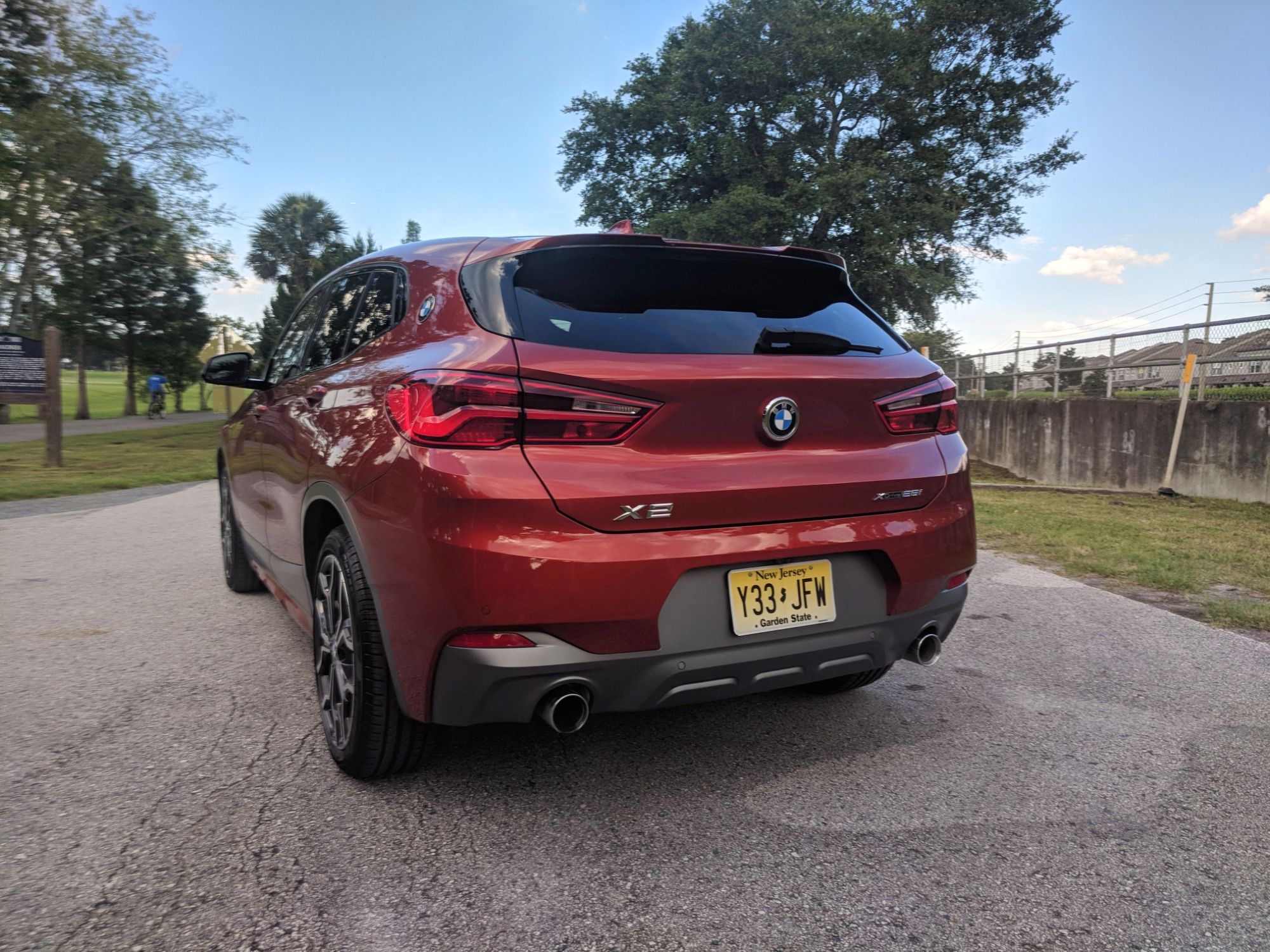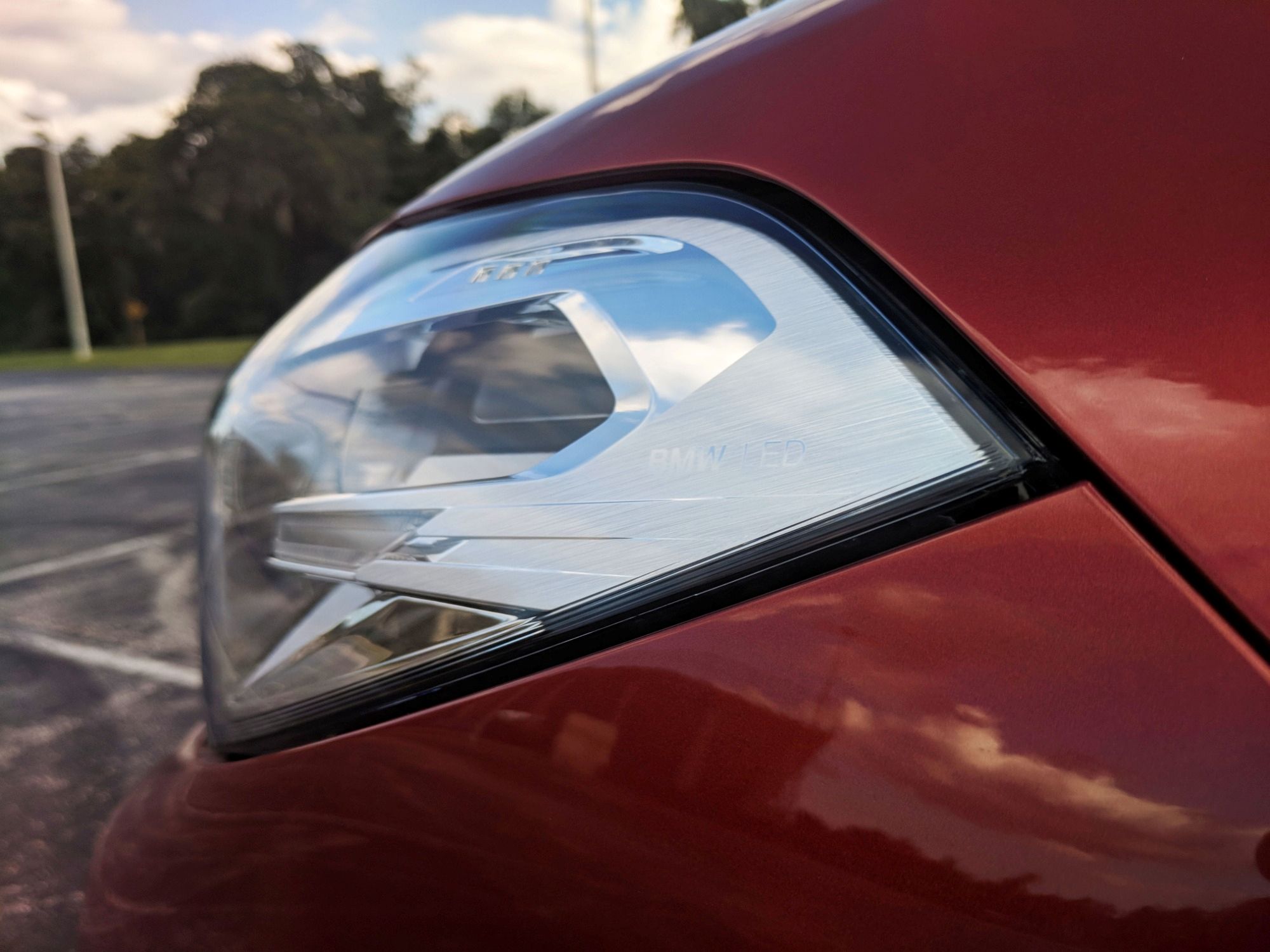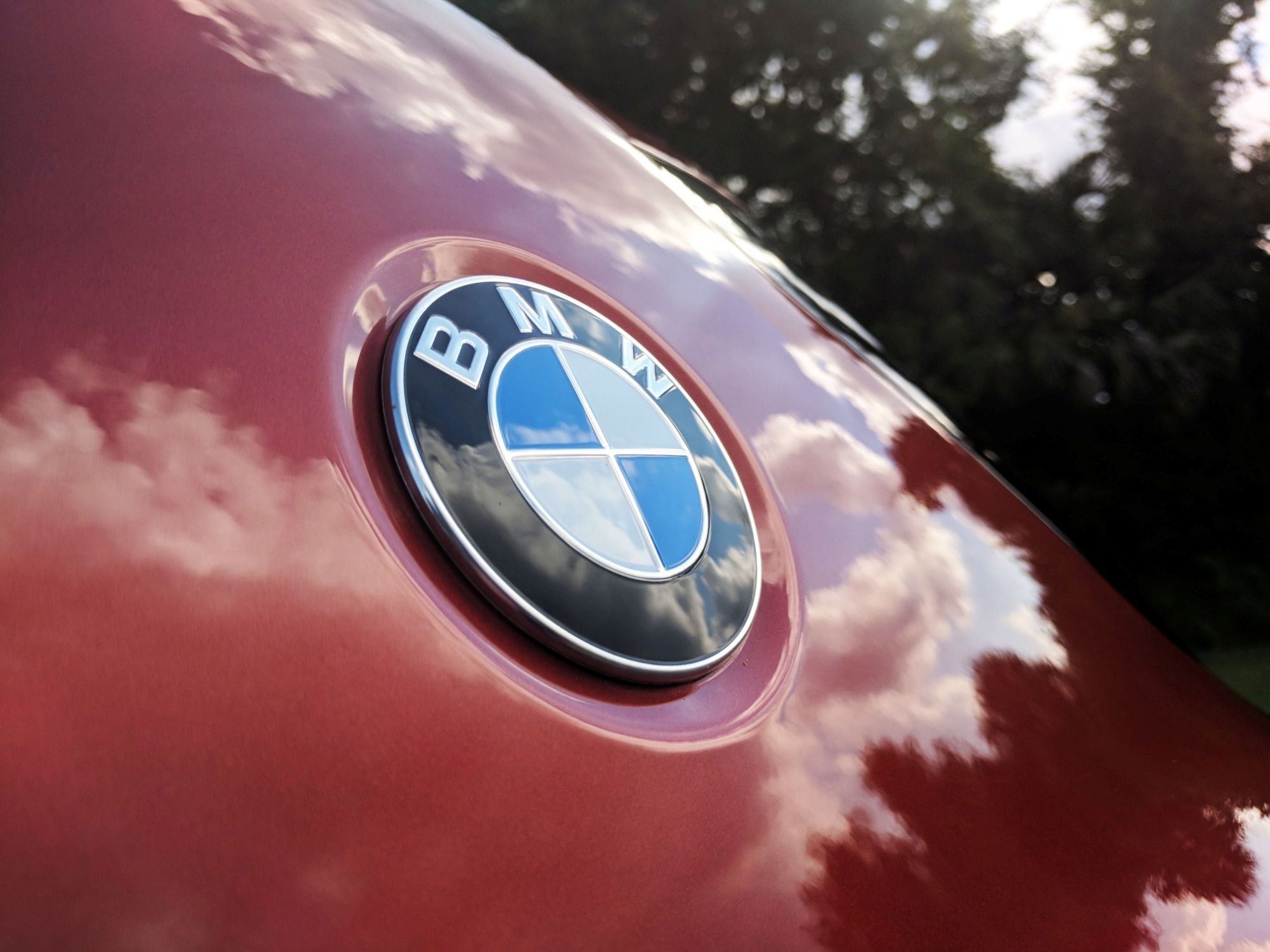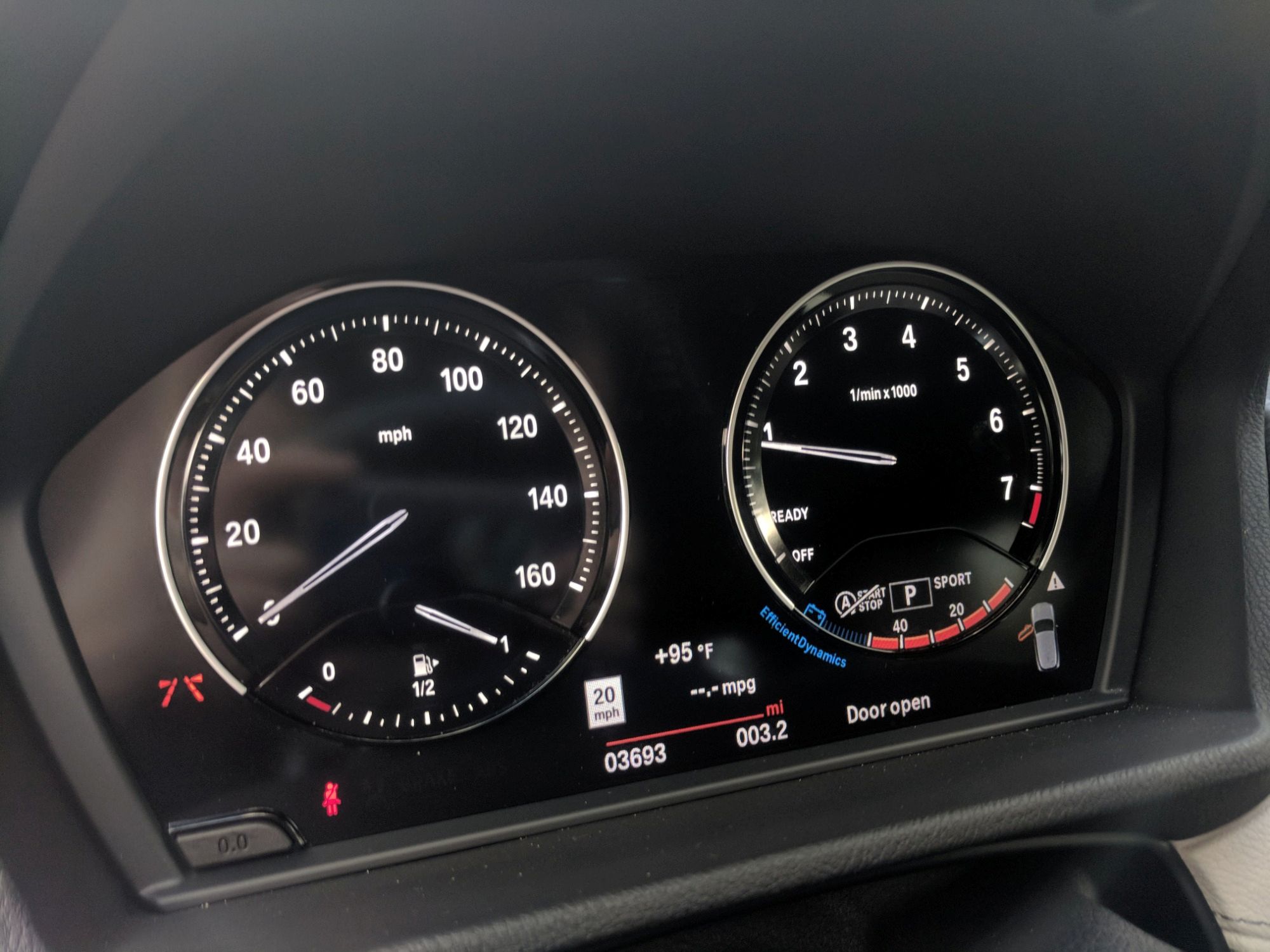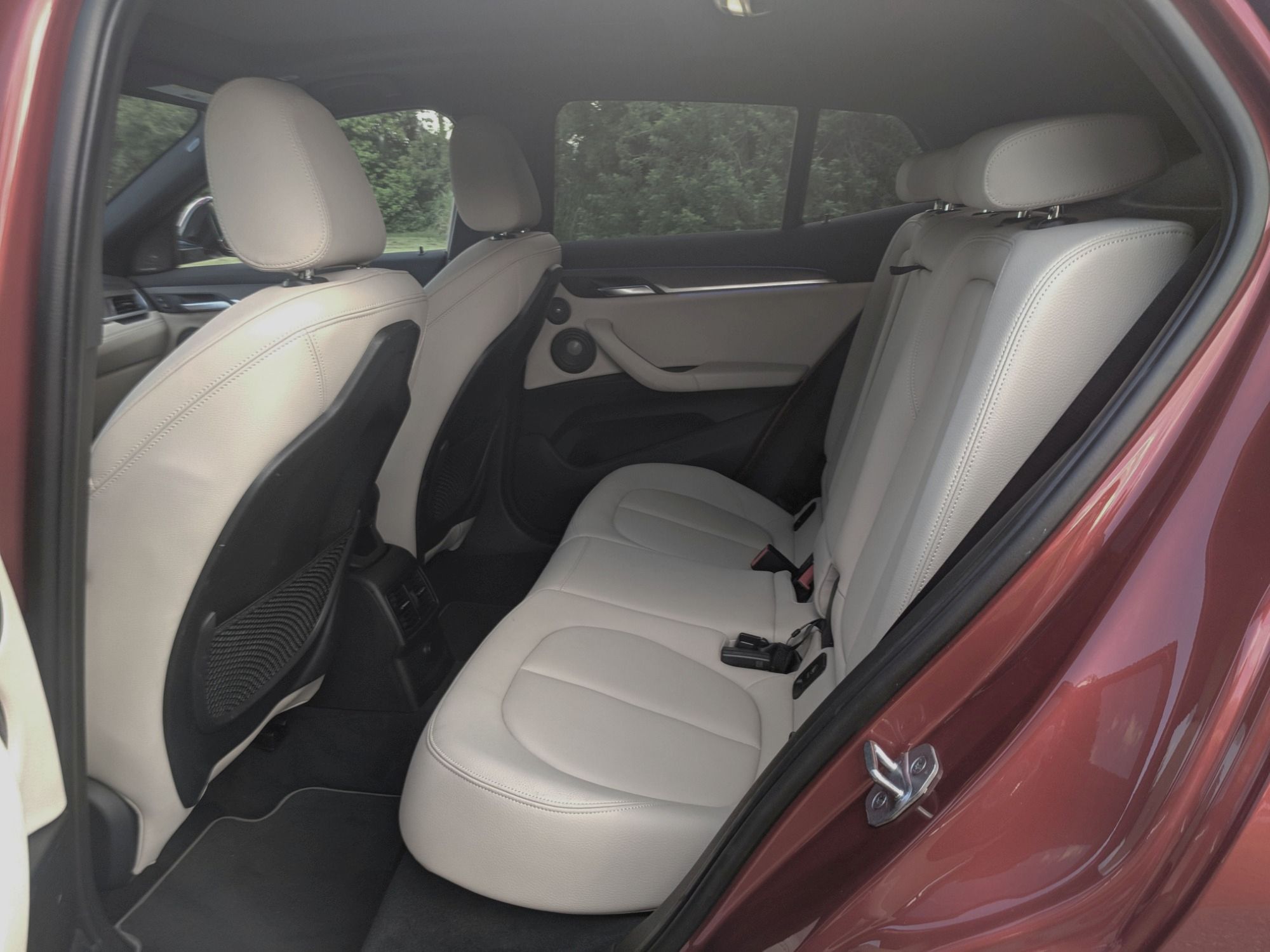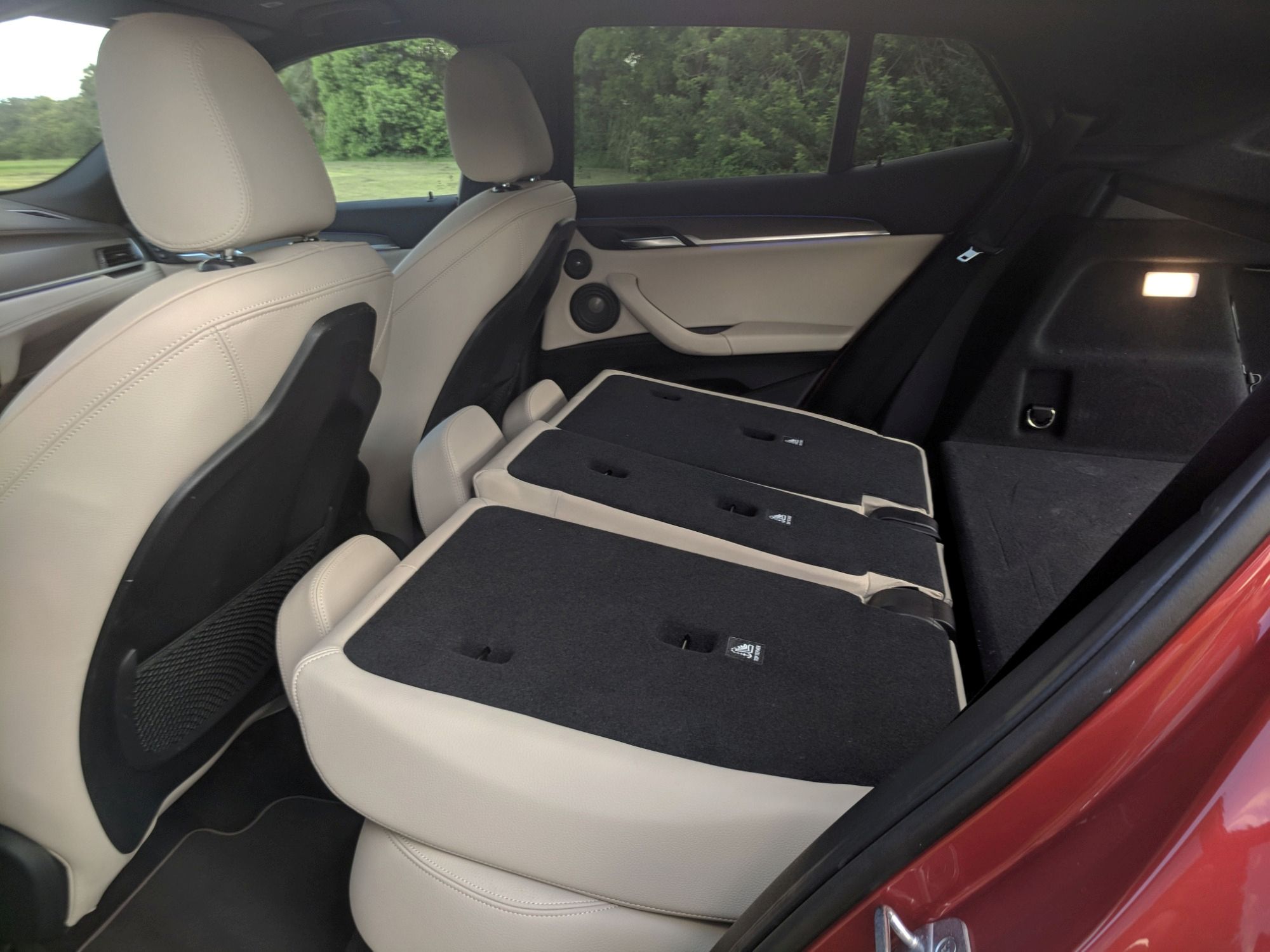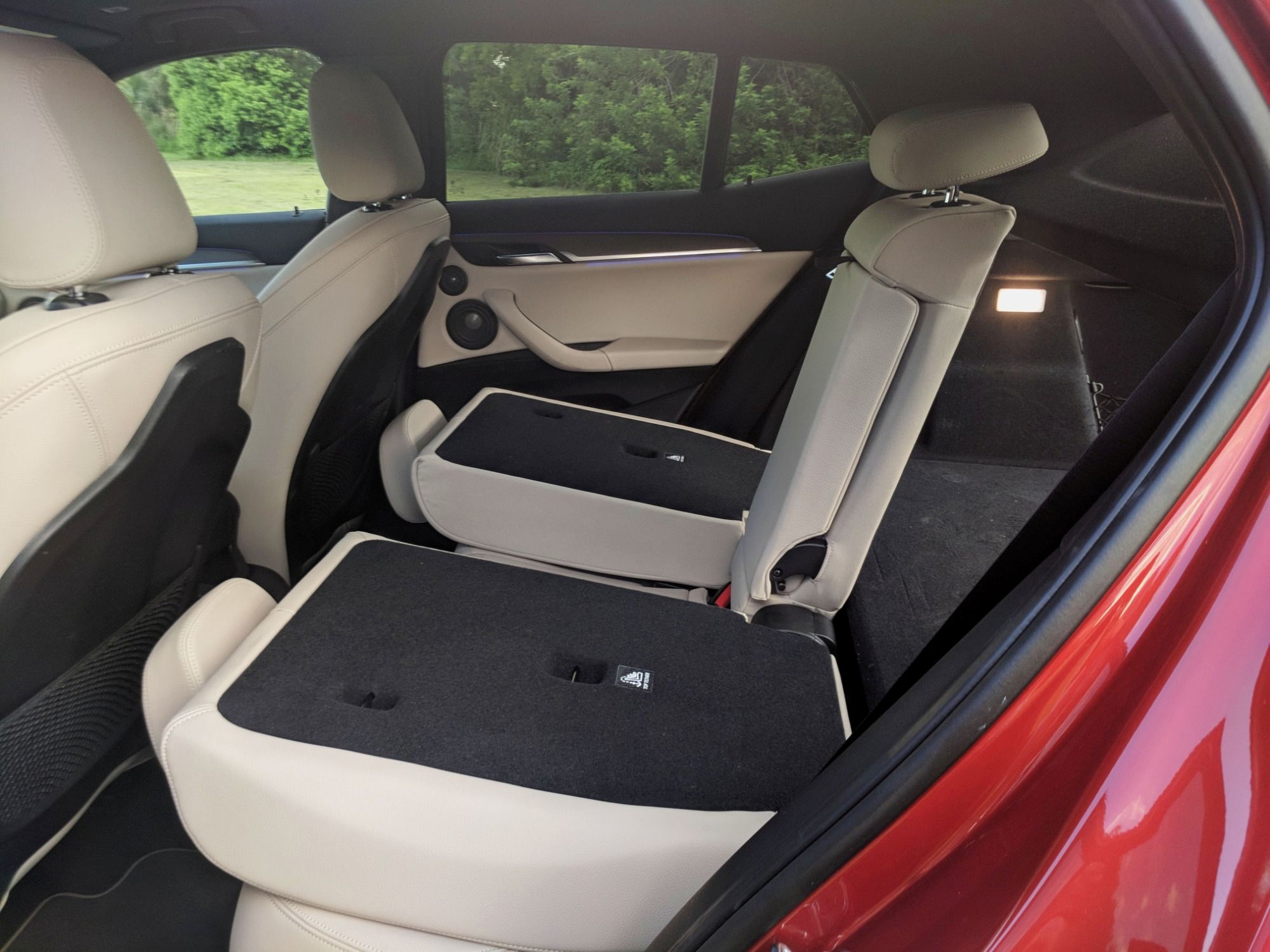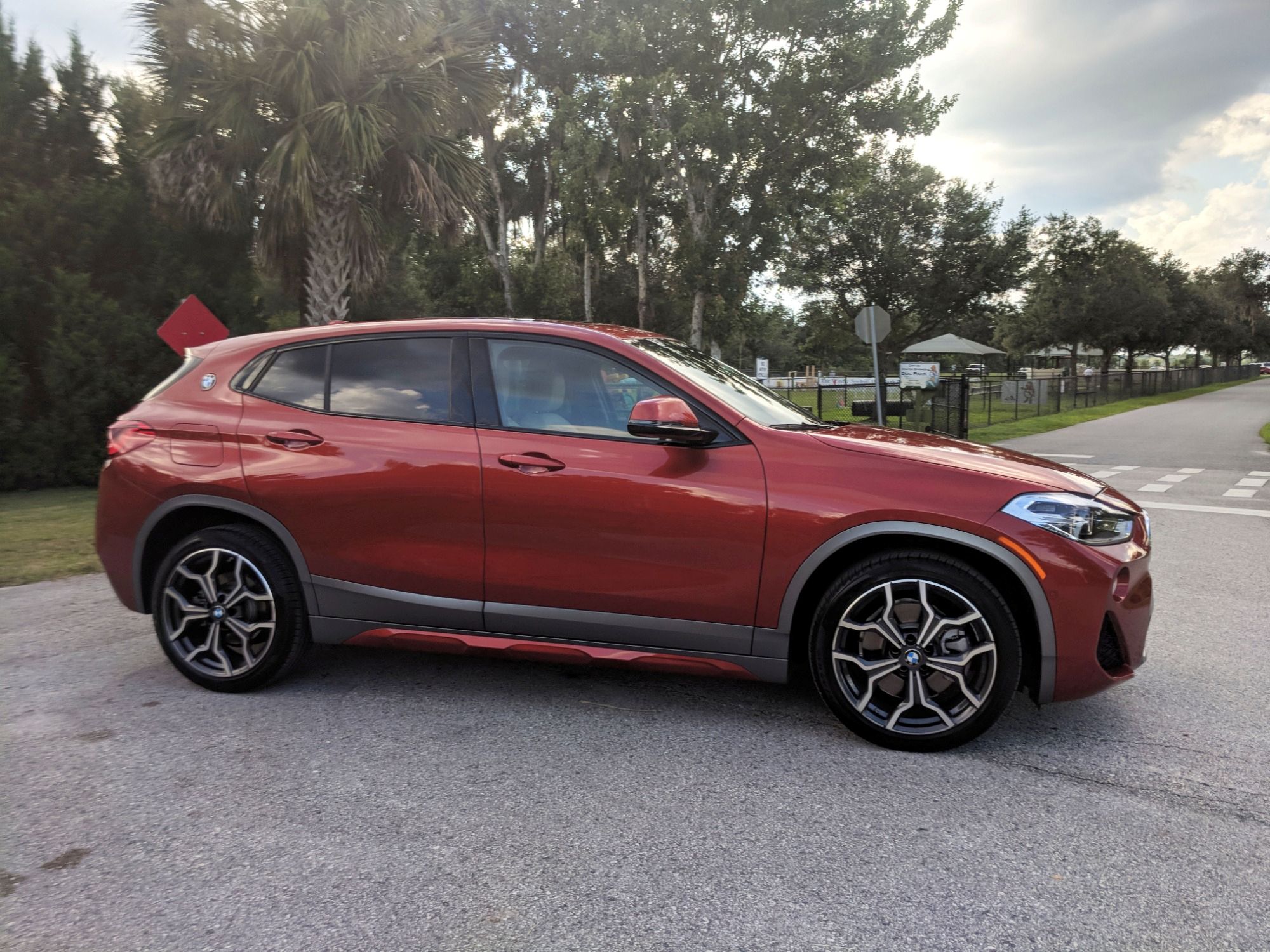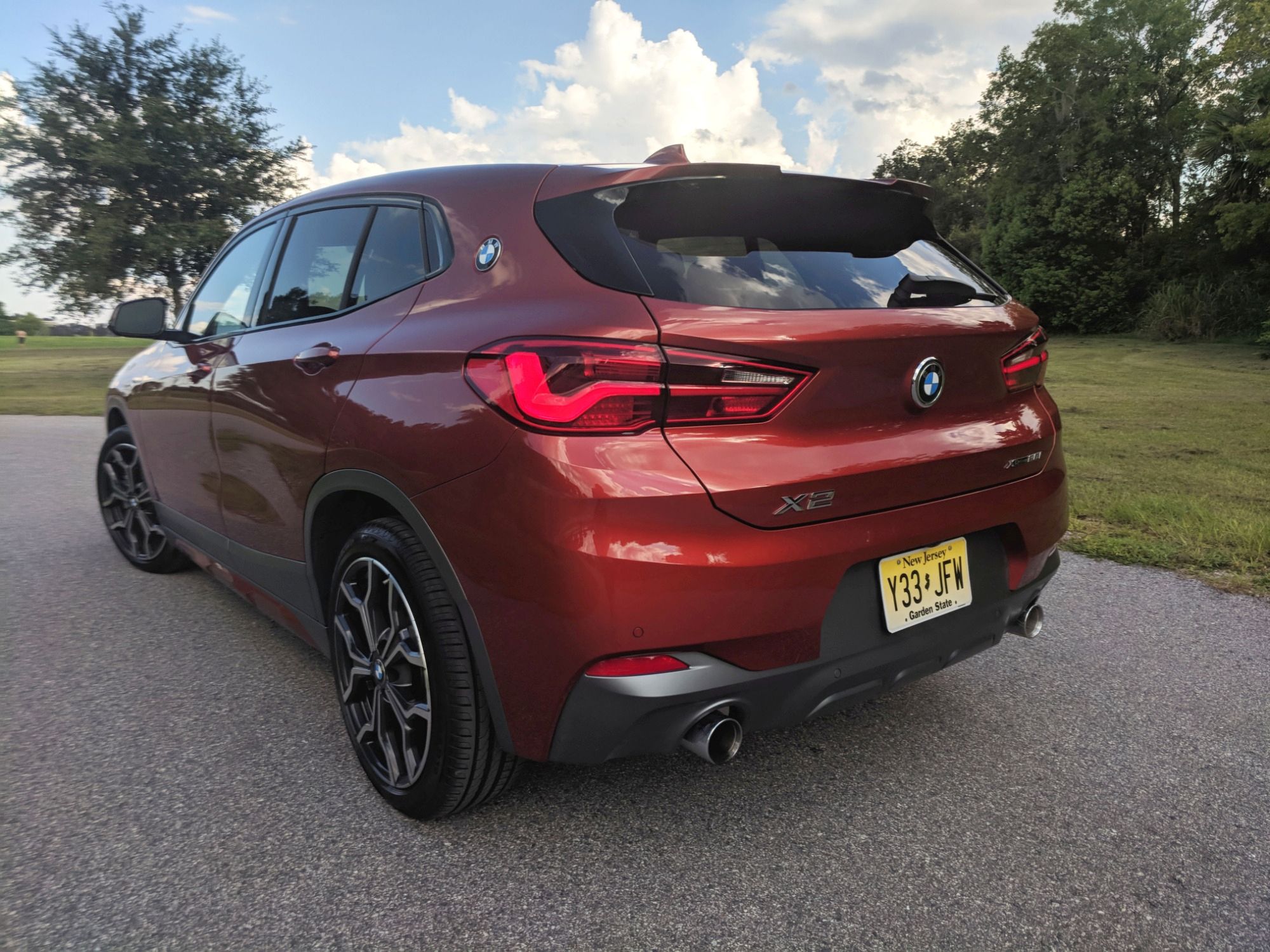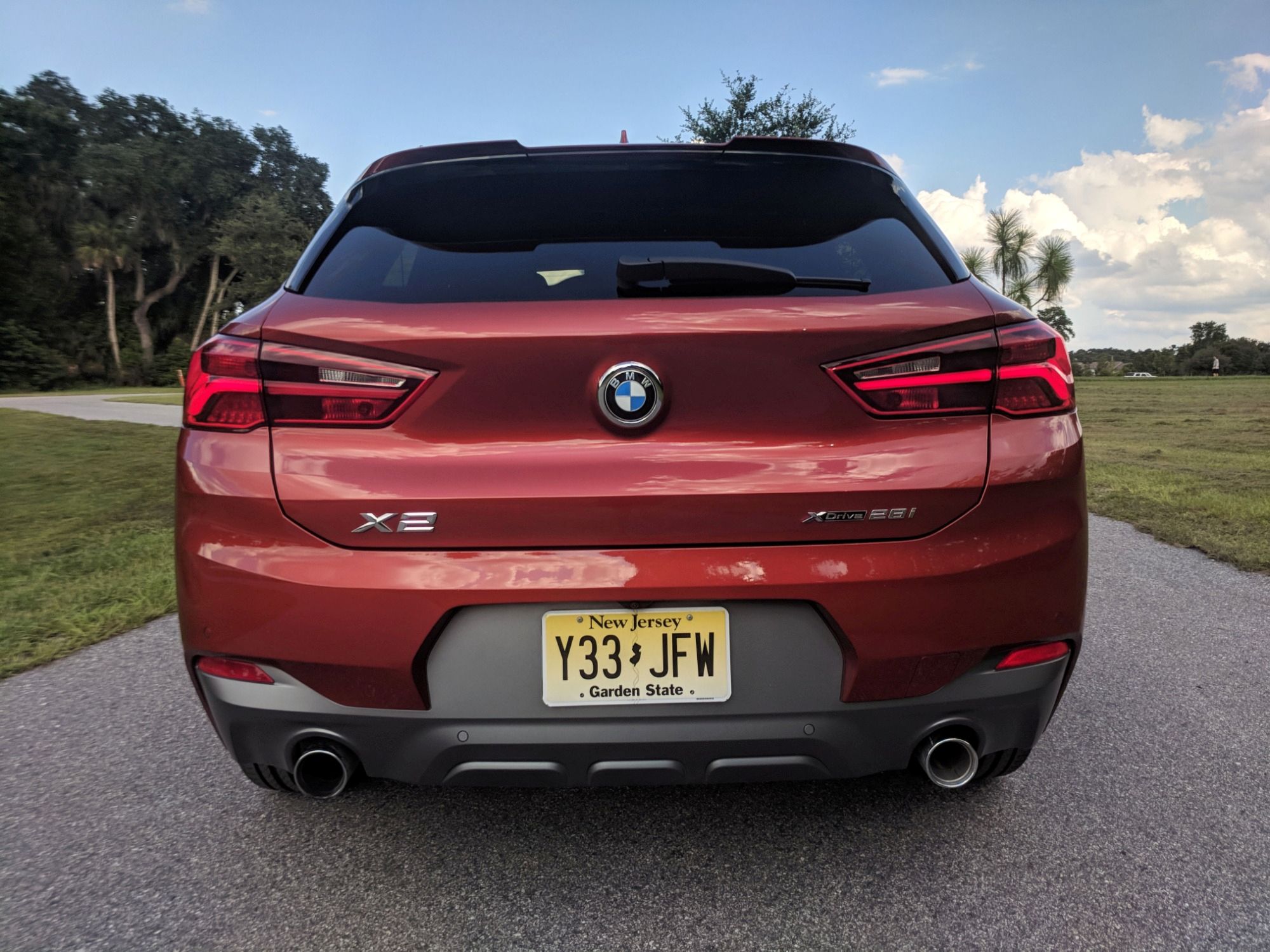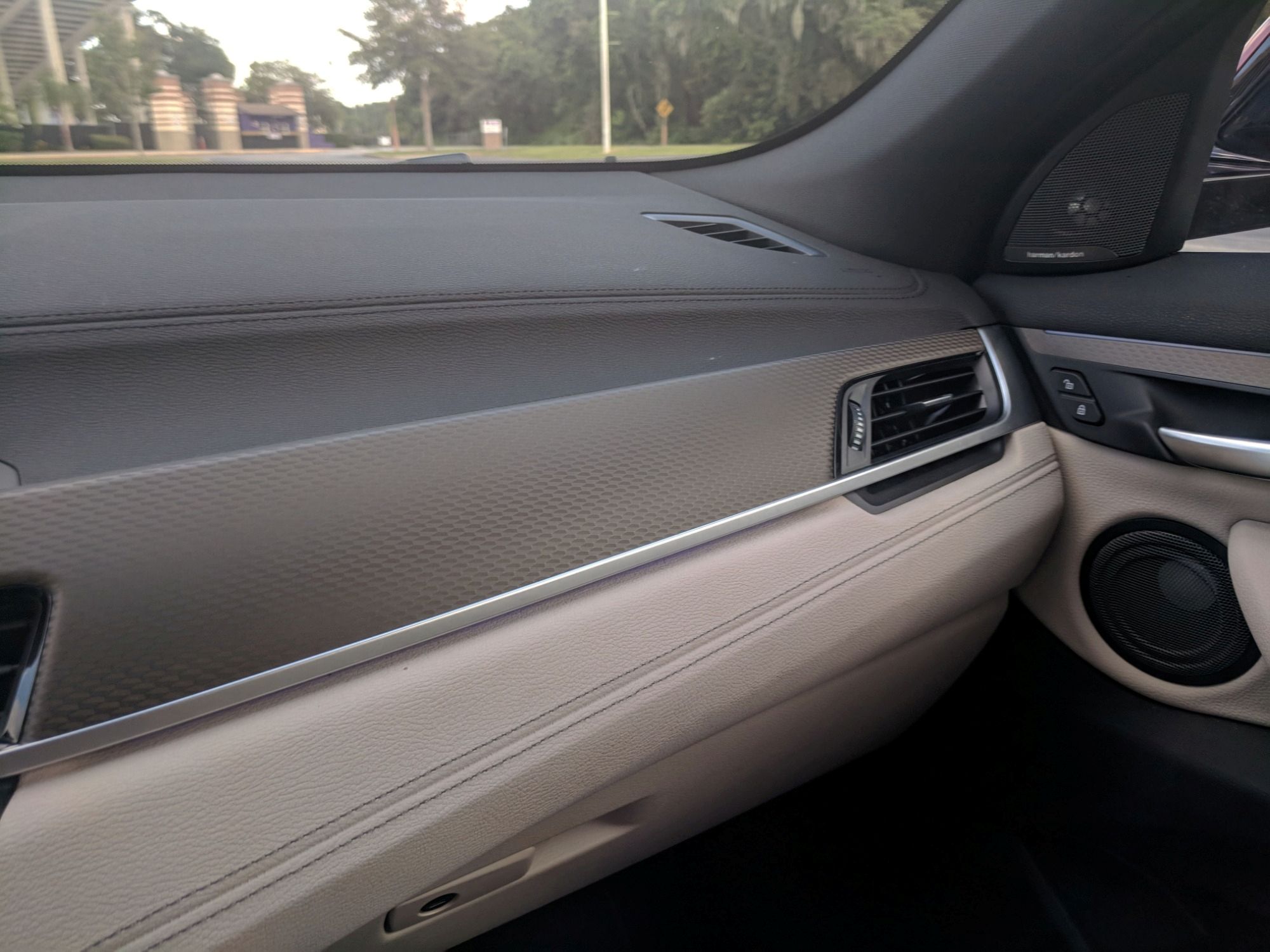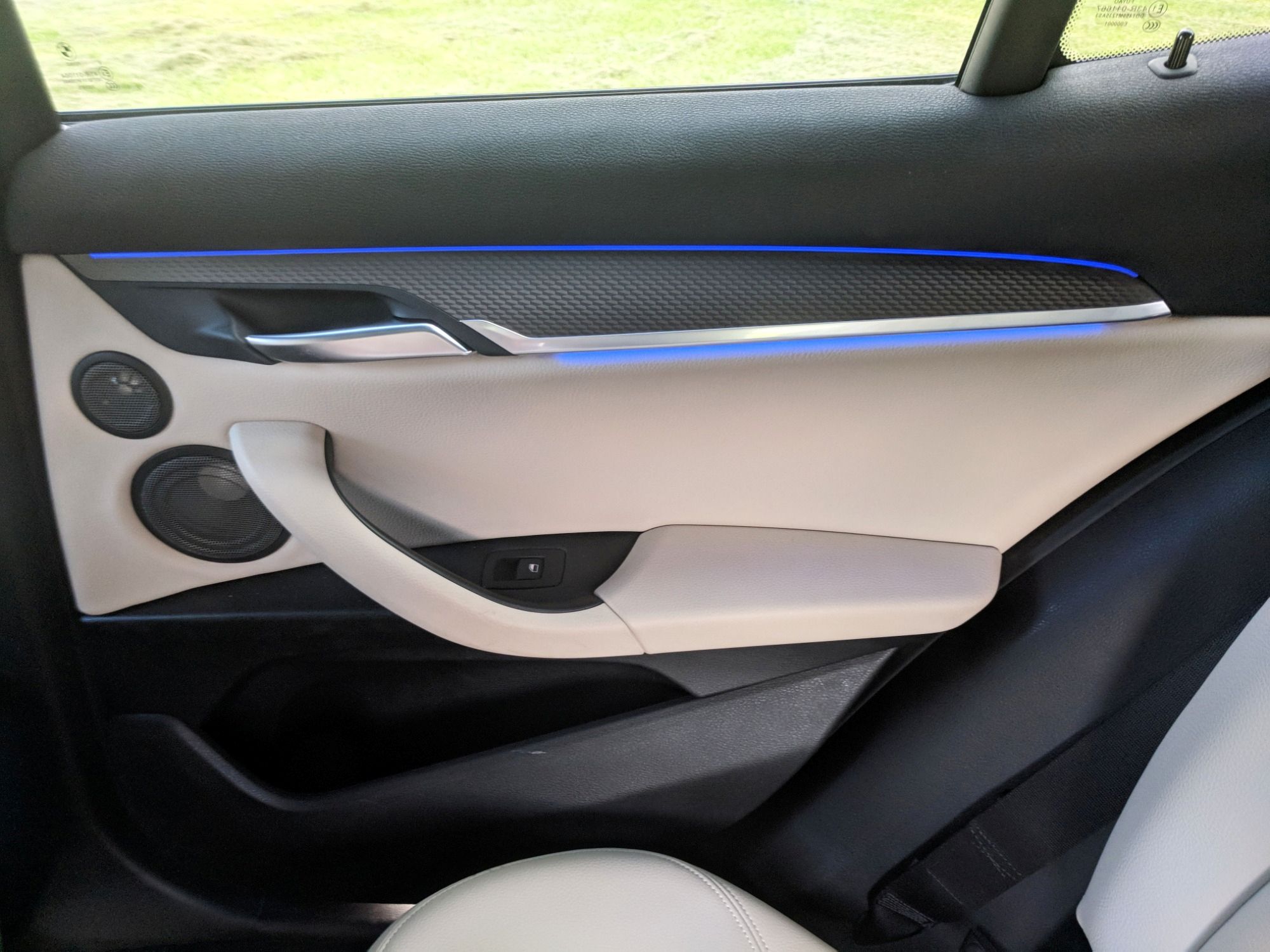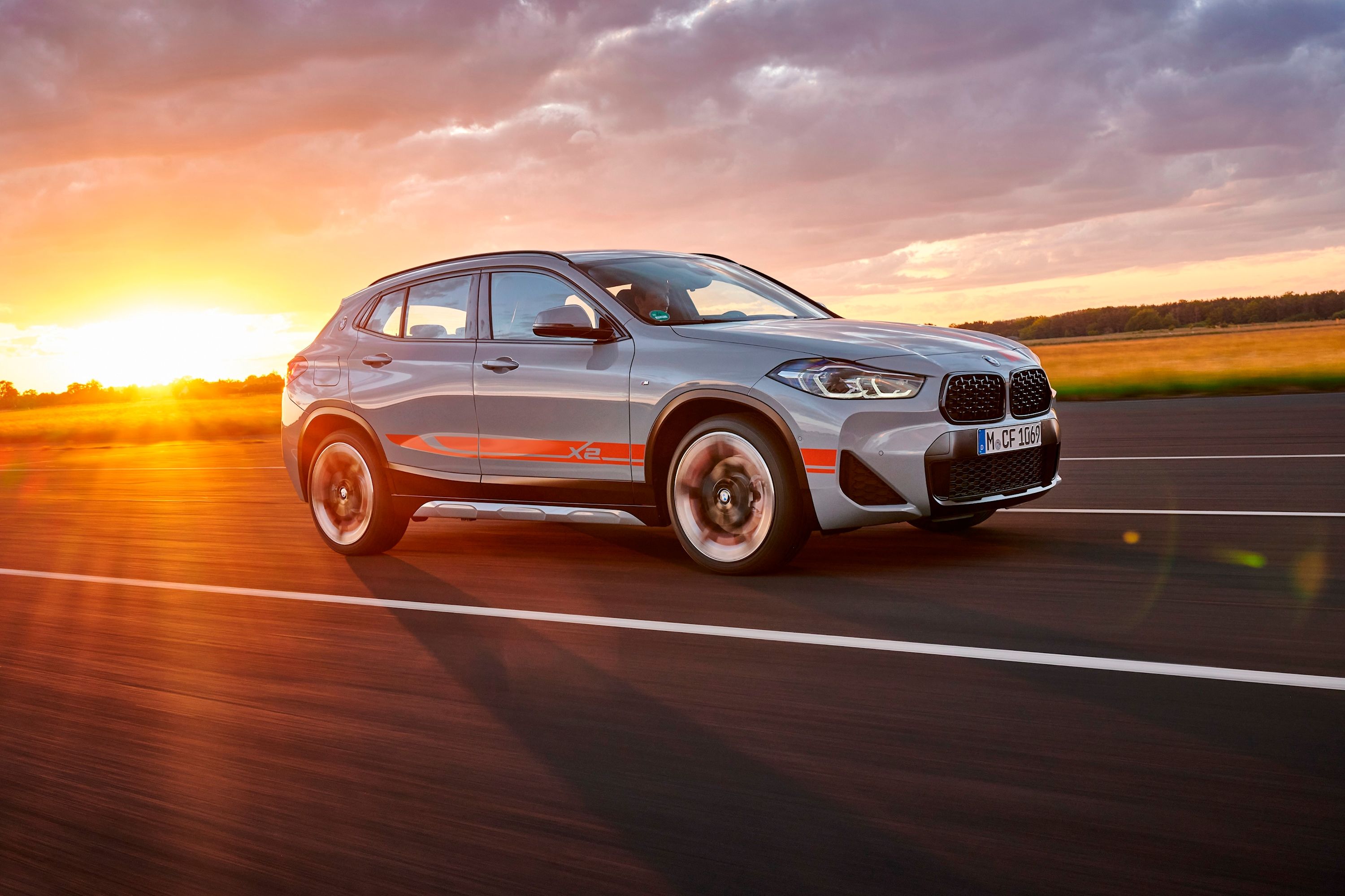
BMW was clearly onto something when it released the X6 around 10 years ago. The X6 was marketed as a Sport Activity Coupe - basically an X5 with a more coupe-like stance and a higher price tag. Other automakers have been panicking to release their own SUV coupes, and BMW has answered back by expanding its Sport Activity Coupe lineup with the compact X4 and subcompact X2. The 2018 X2 is the smallest of the bunch and I was eager to find out if the company's smallest Activity Coupe still felt like a true BMW.
As soon as BMW revealed this car, I thought it would be a huge hit with young millennial buyers. The X2 was designed with the intent on being a prettier version of the X1, and though looks may be subjective, I think BMW hit a home run with the design. So what exactly is an X2? As eluded to, the X2 is based on the entry level X1, albeit with a different body. The latest X1 is based on the company's UKL2 platform, which is shared with Mini. As some of you may have already deduced, the X1 (and subsequently the X2) are front-wheel drive. The comment section will undoubtedly contain the shrieks of horrified BMW purists.
The base X2 sDrive28i starts at $36,400, and comes with a 2.0-liter turbocharged four-cylinder producing 228 horsepower and 258 lb-ft of torque sending power to the front wheels through an eight-speed automatic transmission. This test car was the xDrive28i, which adds all-wheel drive for an extra $2,000. The sDrive models will return fuel economy of 23/32/26 mpg city/highway/combined, while xDrive models lose two mpg in the city and one mpg on the highway and combined figures.
The X2 is currently only offered with one engine option, though a more powerful xDriveM35i model is on the way with around 300 hp. BMW has always been known as a rear-wheel drive company, so the idea of a front-wheel drive SUV may seem a bit blasphemous. At its core, the X2 falls short of being the sportiest BMW in the range, but it is far from boring.
My Sunset Orange test car was equipped with the $4,650 MSportX Package, which adds 19-inch wheels, sport seats, aluminum trim, an M steering wheel, shadow exterior trim, and sport automatic transmission tuning. The MSportX Package also adds several non-performance related features such as power-folding mirrors, garage door opener, comfort access, panoramic moonroof, lumbar support, and Sirius XM radio. The $2,600 Premium package includes heated front seats, head-up display, real-time traffic information, remote services, and a navigation touchpad. By far the biggest bargain is the $700 Driving Assistance Package, which rolls in lane departure warning and frontal collision warning. Blind spot monitoring is a puzzling omission.
This tester was fitted with a few other optional goodies including: M sport suspension ($400), park distance control ($800), Apple CarPlay ($300), wireless charger ($500), Harmon Kardon premium audio ($800), and an M rear spoiler ($150). Add in the $550 orange paint and $700 Oyster leather, and the as-tested price of this 2018 X2 xDrive28i comes in at $50,920.
Even before options, the X2 isn't a cheap date. The X2 does look sportier than the X1 on which it is based, but it does come at a premium of around $2,500. I believe that $2,500 is worth it to have the sportier looking vehicle, but there are other sacrifices to be made by choosing the X2. Our First Drive Review of the X2 does an excellent job of breaking down the differences between the X1 and X2, but here are some of the key differences:
The X2 has the same wheelbase and track as the X1, but is 3.2 inches shorter overall. Both cars share an interior, though the X2's lower roofline does impact visibility and headroom. If you want the more practical car, you are better off saving $2,500 and getting the X1. If good looks are more important to you, get the X2 - though you will lose about 5.5 cubic feet of trunk space.
The biggest issue with the X2's roofline becomes apparent when you look out back. The blindspots are massive thanks to those muscular C-Pillars, and BMW, as previously noted, doesn't offer the X2 with blind spot monitoring. Since the X2 isn't a very large SUV, it doesn't feel particularly "big" on the road. This is great if you like the feel of a small car, but I believe SUV popularity is greatly predicated on the feeling of "sitting high" in traffic. Taller individuals will have to lower the seat in order to fit in the X2, which makes the driver feel like they are riding on the ground. My 5'9" frame allowed me to sit in a higher position, but the X2 barely feels larger than a typical hot hatchback on the road. If your goal is to buy an SUV that feels more like a car, then the X2 could fit the bill.
Though the interior can feel cramped, especially in the backseat, BMW did an excellent job with the cabin design. The dashboard doesn't deviate too far from other BMW models, which is impressive at this lower price bracket. BMW's latest iDrive system is highly intuitive, unless you need to search through menus to find some seldom used setting. The voice recognition is one of the best on the market, and BMW has even added a touchscreen - even though the company was among the first to do away with touchscreens.
All of the cabin materials feel upmarket, especially the optional Sensatec Oyster vinyl seats. The bolstering on the sport seats is a bit tight, but not to an uncomfortable level. I especially love BMW's sport steering wheel, which feels like the one you'd get on a pricier M car. The cabin is full of cleverly placed storage areas, but my lone complaint was with the cup holders which can't fit larger cups due to the positioning of the dashboard.
The X2 really stands out as one of the nicest interiors in its class, which includes models like the Audi Q3, Jaguar E-Pace, Infiniti QX30, Mercedes GLA, and Volvo XC40. Where the X2 doesn't quite match some of its competitors is in ride comfort. Those who are looking for a softer ride will want to lean towards the Swedish Volvo, or opt for an X2 without the optional sport suspension and M Sport Package.
With a lower seating position and a stiffer suspension, the X2 looks like it has the makings of a true driver's car in its segment. The X2 falls just short of being the best driver's car in the segment due to its lackluster steering feel. BMW steering is usually one of the brand's best attributes, but the X2 just left me wanting more. Steering effort is lighter than most BMW models, and it doesn't deliver the feedback from the road that I've come to expect from the brand.
The Mercedes-Benz GLA-based Infiniti QX30 sport felt just as fun to chuck around on a canyon road (for around $10,000 less), though the X2 has a much more impressive interior and a smoother drivetrain. The Jaguar E-Pace is more powerful than the X2 (and more expensive), though BMW may even the playing field in the near future. The 2.0-liter turbocharged four-cylinder isn't as powerful as it is in larger BMWs, but it feels adequate thanks to its meaty 258 lb-ft of torque figure. The sprint to 60 mph takes 6.6 seconds in sDrive models and the xDrive model cuts it down to 6.3 seconds.
Turbo lag is noticeable when you accelerate from a stop, but the transmission does a fine job of keeping the engine wound up for overtaking maneuvers. Really lay on the throttle, and the little four-pot rewards you with a high-pitched turbo whistle, which would sound even better with an aftermarket exhaust. BMW did include Sport and EcoPro driving modes, though neither was especially game-changing to use. Sport mode didn't feel noticeably different, though the transmission did default to a lower gear and the throttle felt slightly more aggressive. Likewise, EcoPro made the X2 feel slightly more lackadaisical in order to achieve better fuel economy.
Overall, the BMW X2 feels like a winner, though it is lacking some important options before it is perfect. The upcoming M-tuned variant may fix my criticism for lack of steering feel, but BMW should seriously consider adding blind spot monitoring for the 2019 model, and a surround-view camera system would also be a nice touch. The 2018 BMW X2's $36,400 starting price is on the high end of the segment, with only the Jaguar E-Pace costing more (though it has more power and standard AWD). The compact luxury SUV segment is a bit jumbled when it comes to pricing and options, but the X2 does feel like a solid competitor.
The X2 receives a "worth a look" rating, but deserves to be cross-shopped. This segment is simply too diverse and buyers need to make sure that they have sampled the competition. I believe the Infiniti QX30 is the X2's closest competitor, both in looks and in driving feel. The Infiniti starts at around $6,000 less than the BMW and offers a similar level of performance, though the BMW handily wins on interior quality. The 2018 BMW X2 is certainly worth shopping for - just see what else is out there before you pull the trigger.

